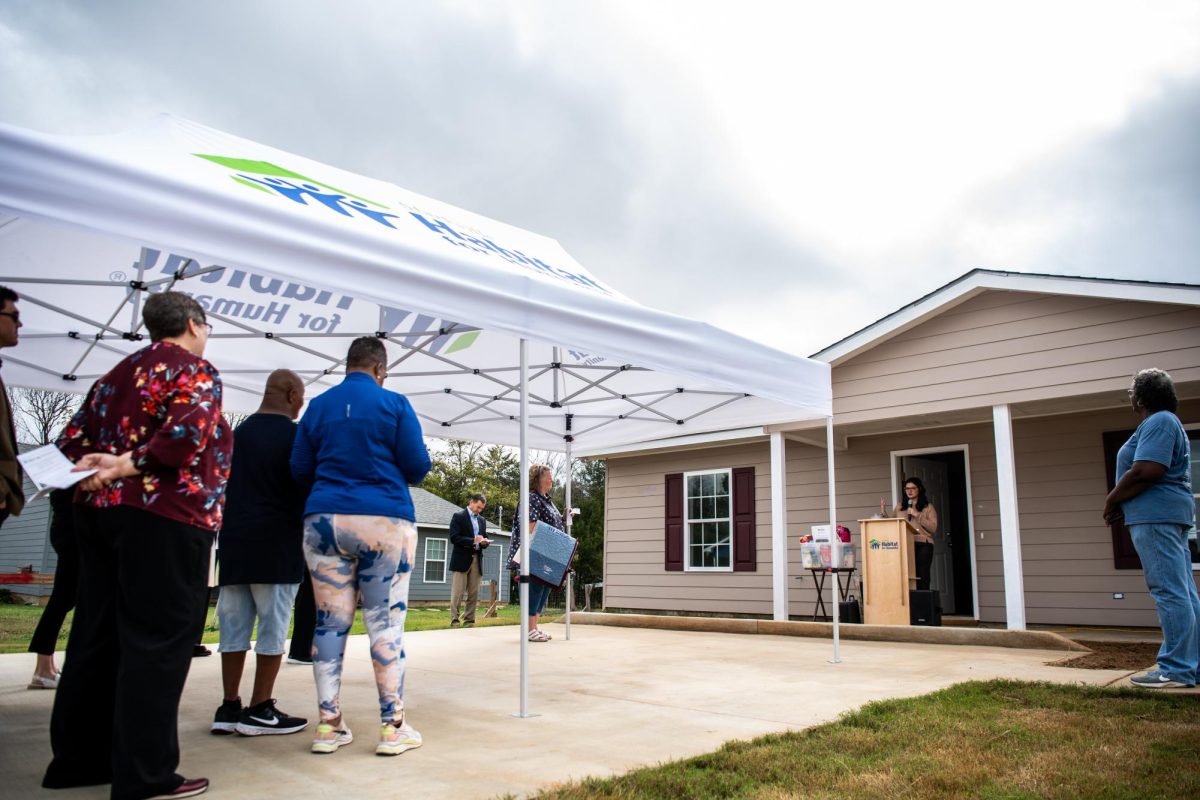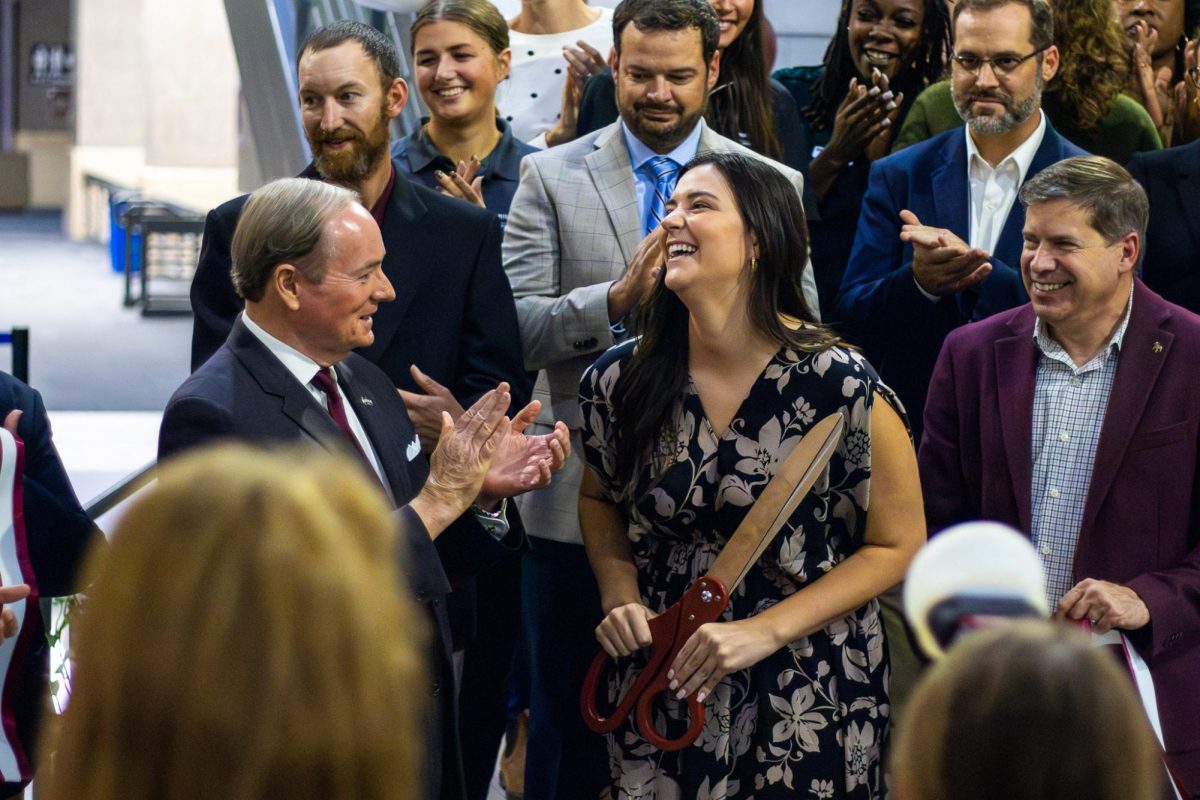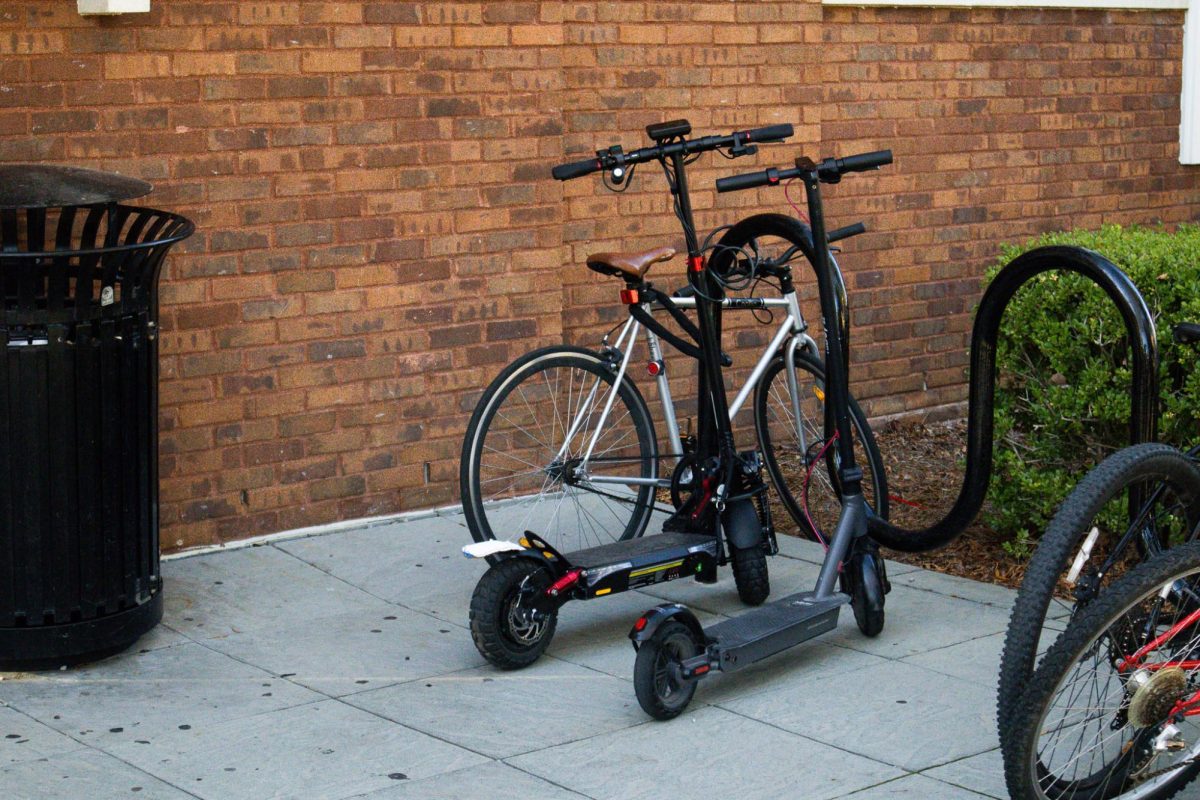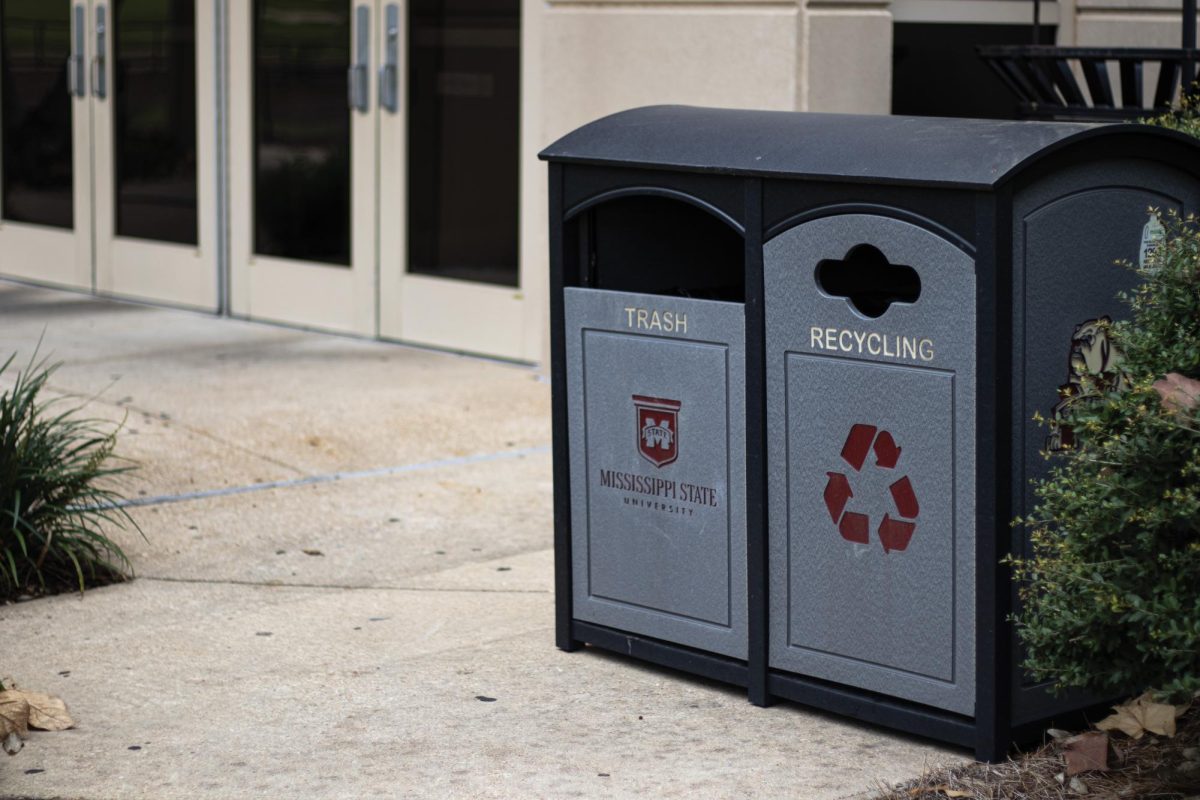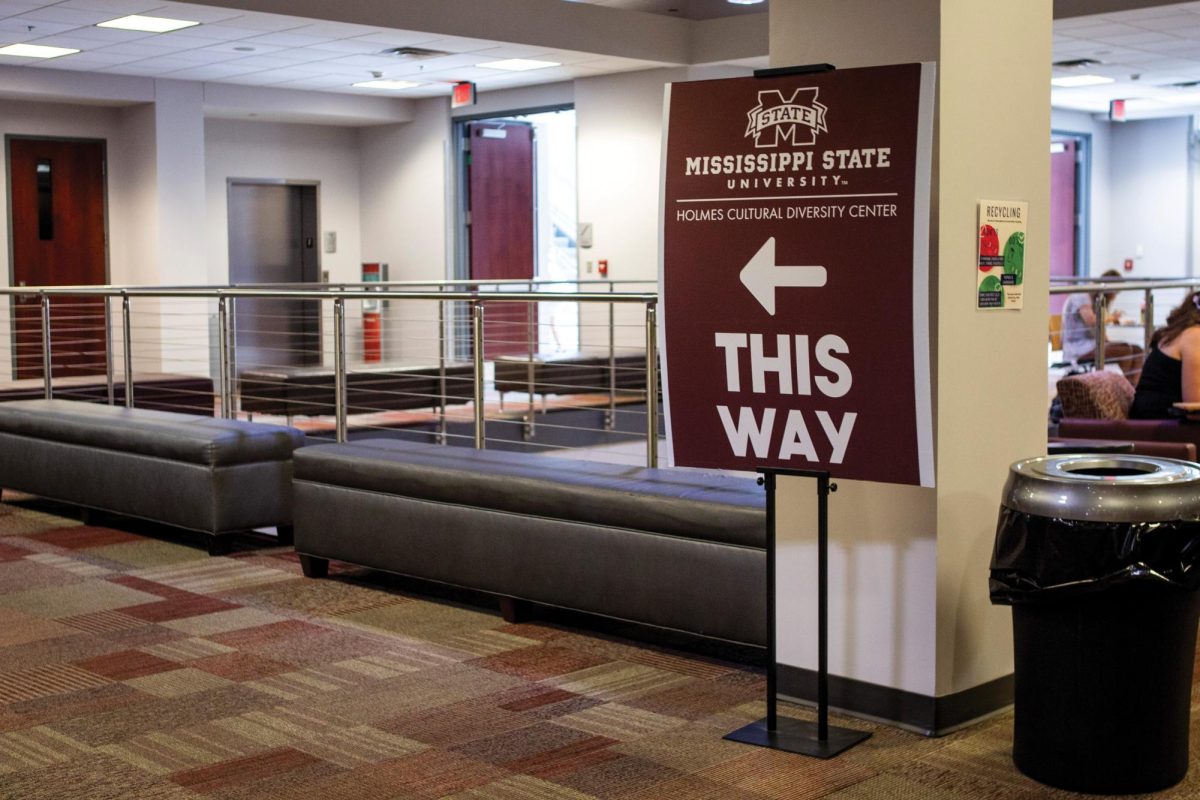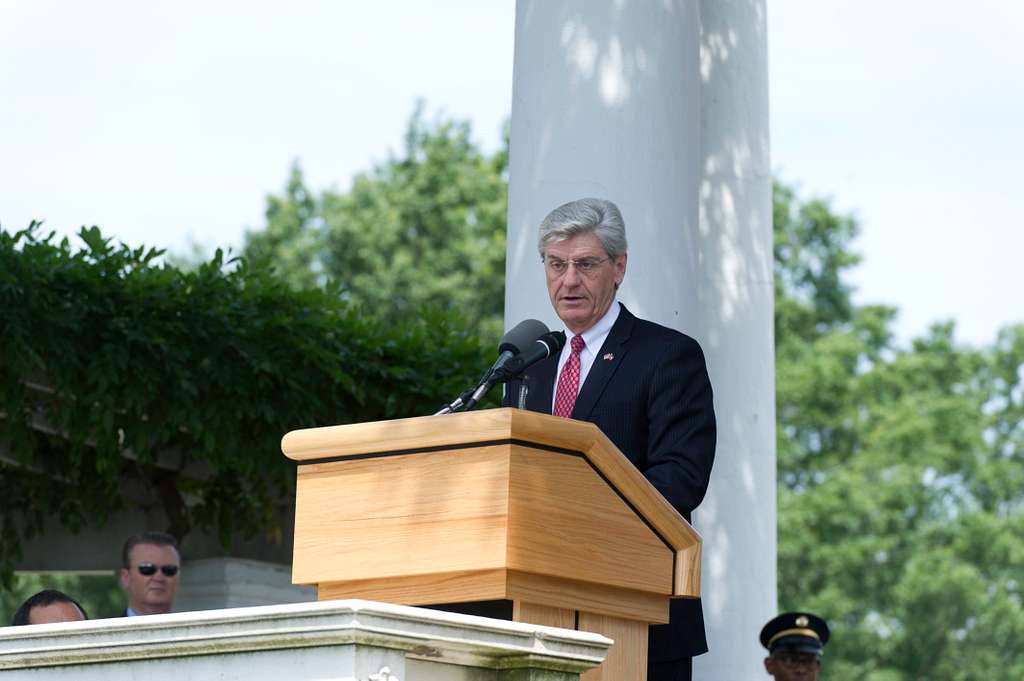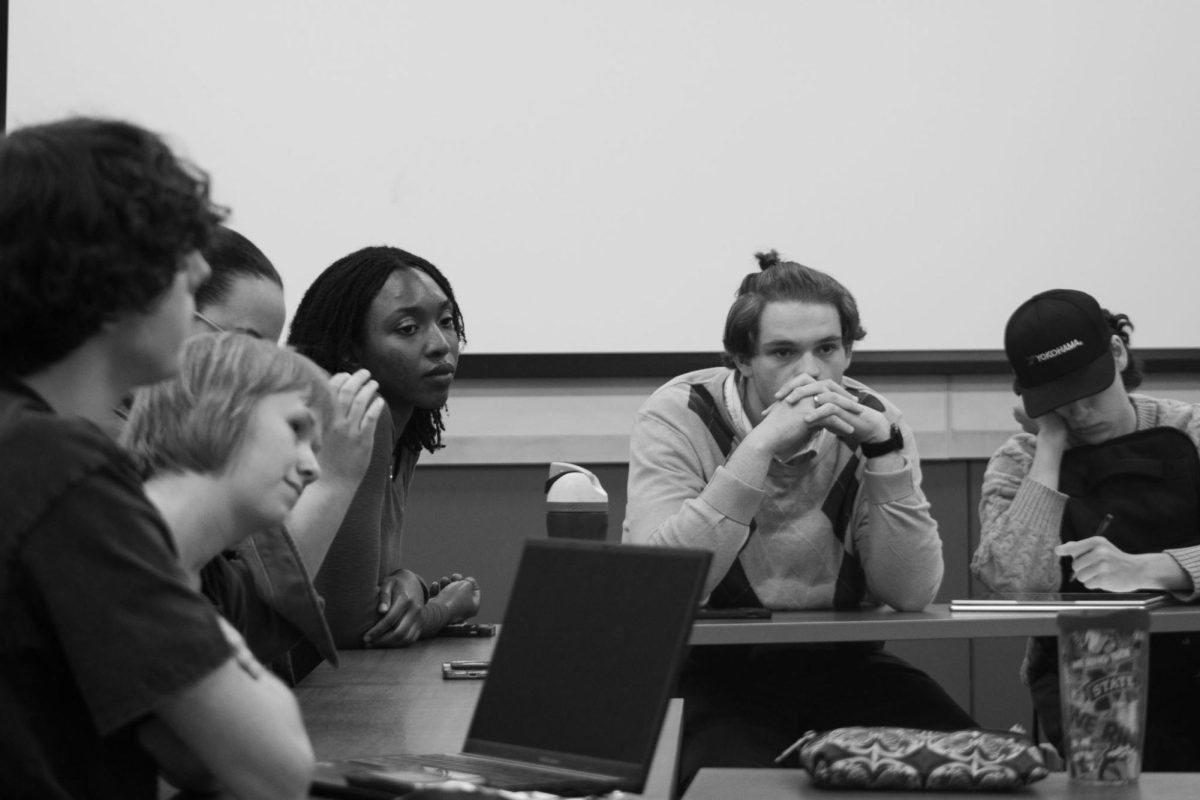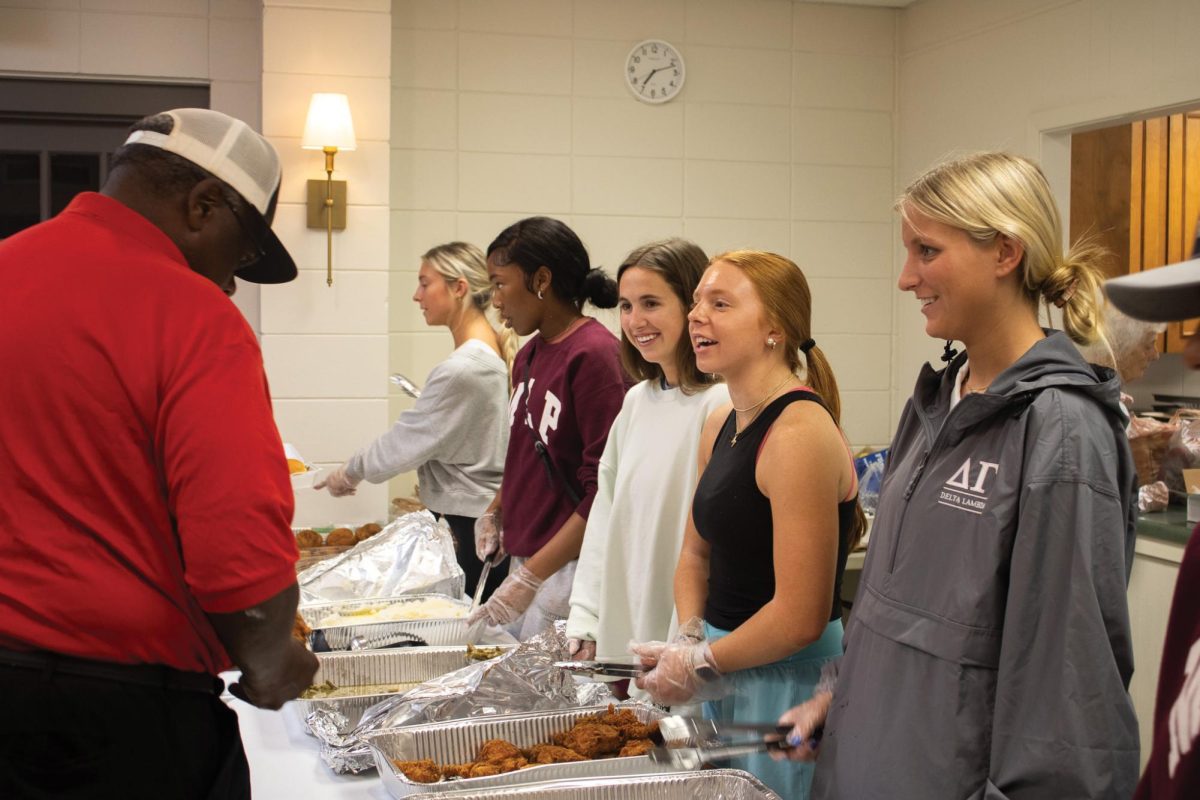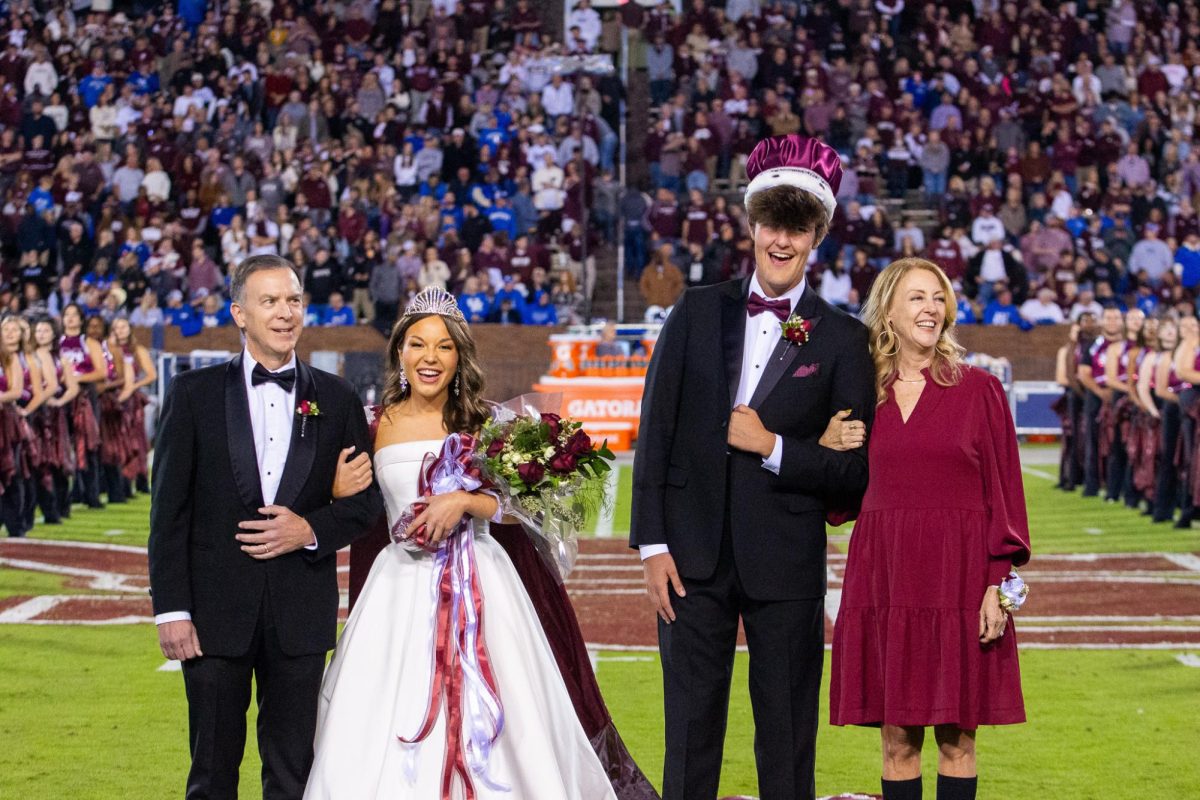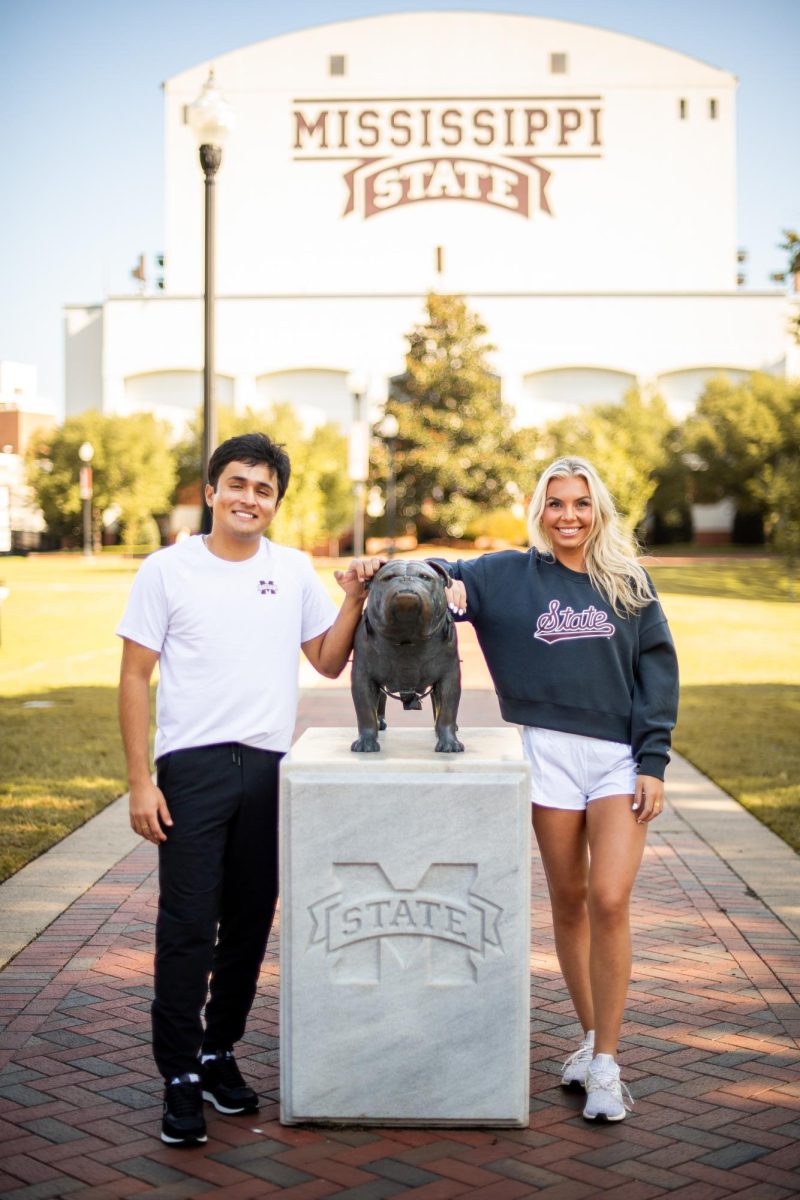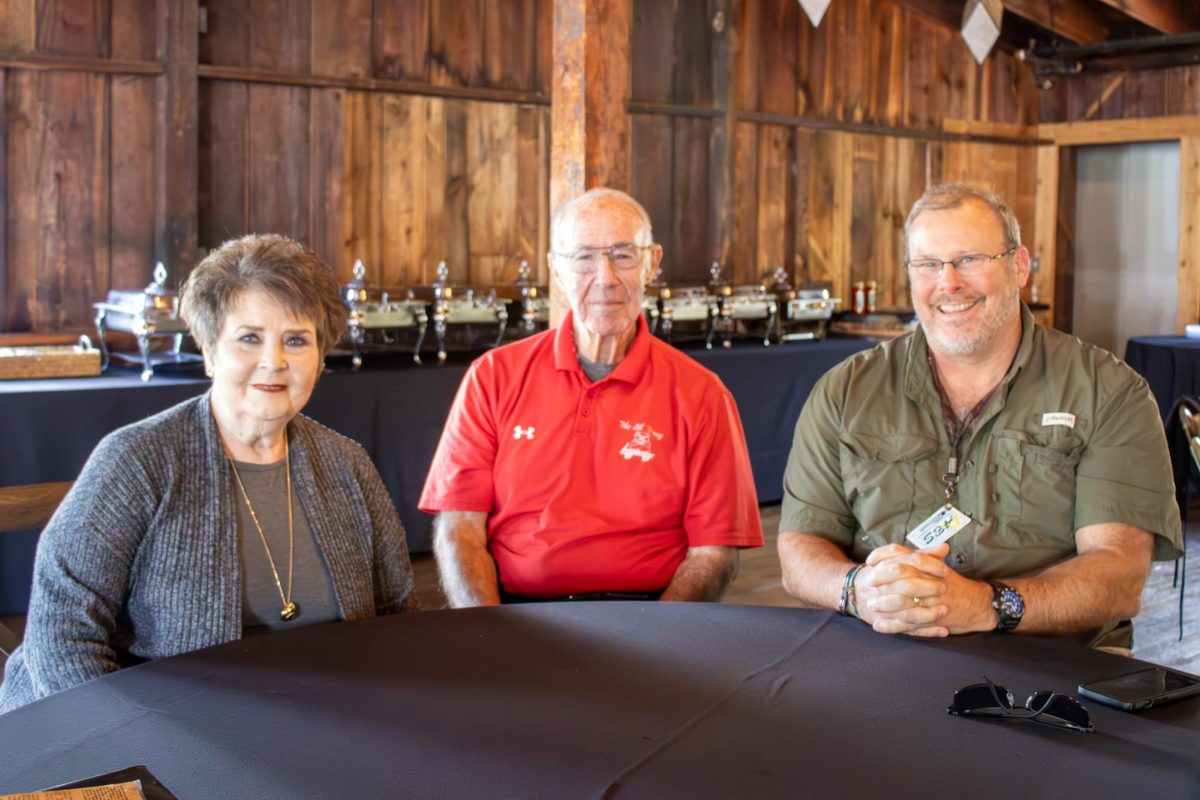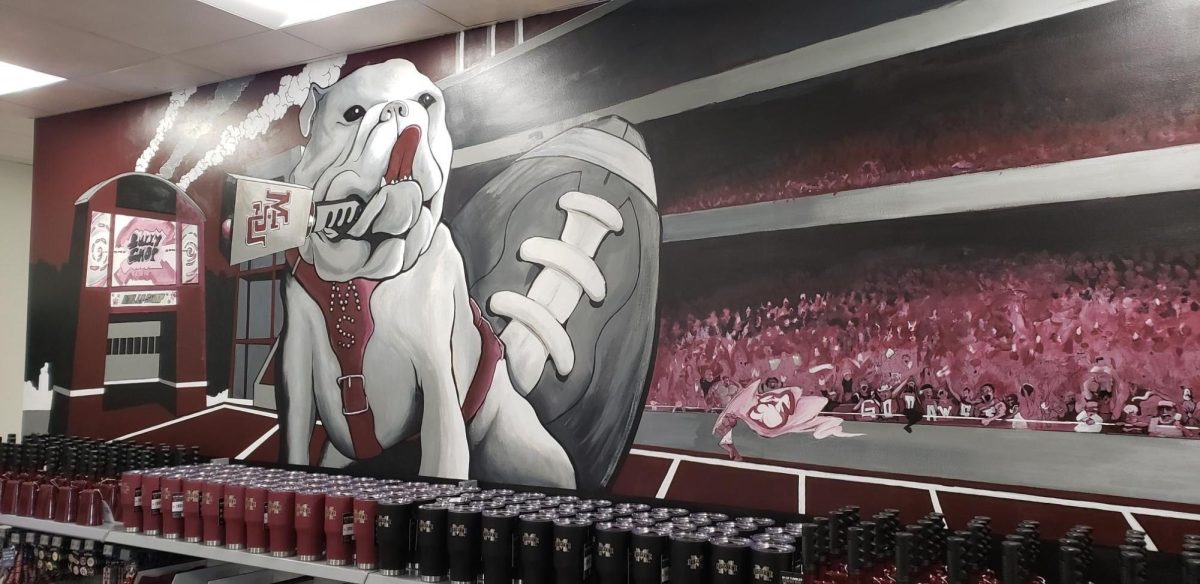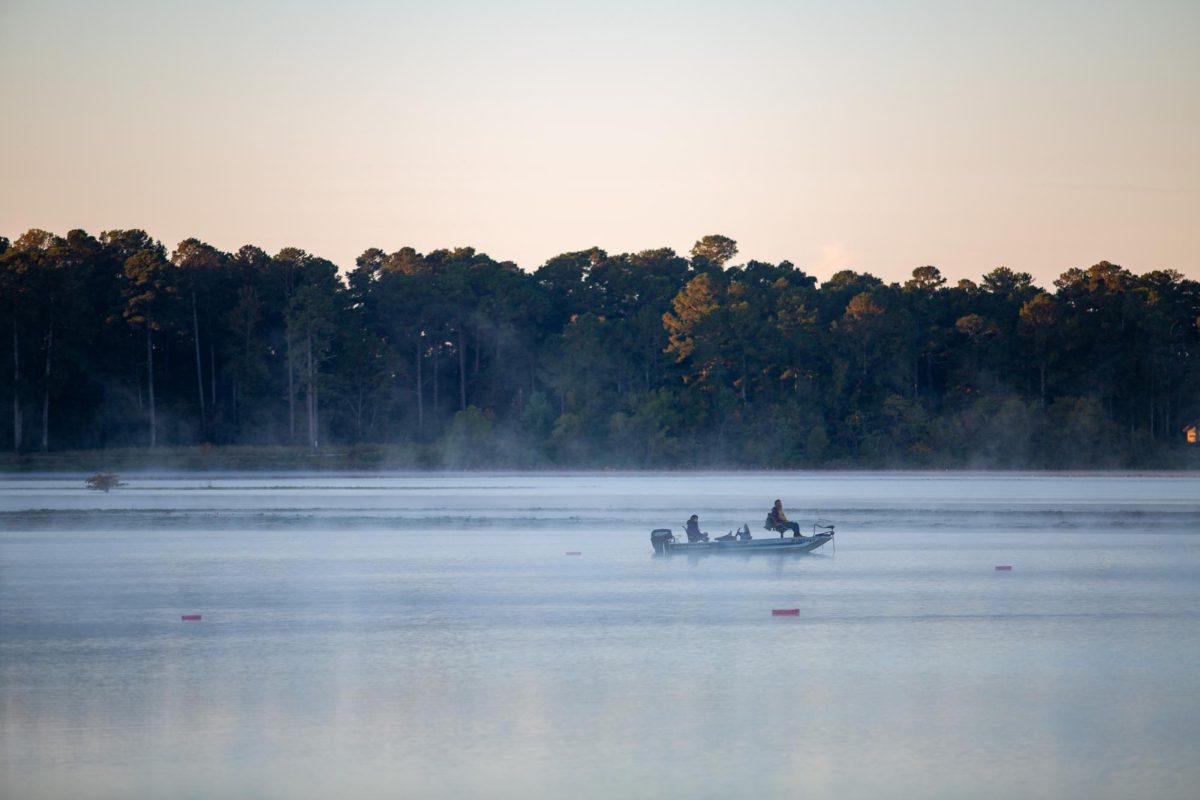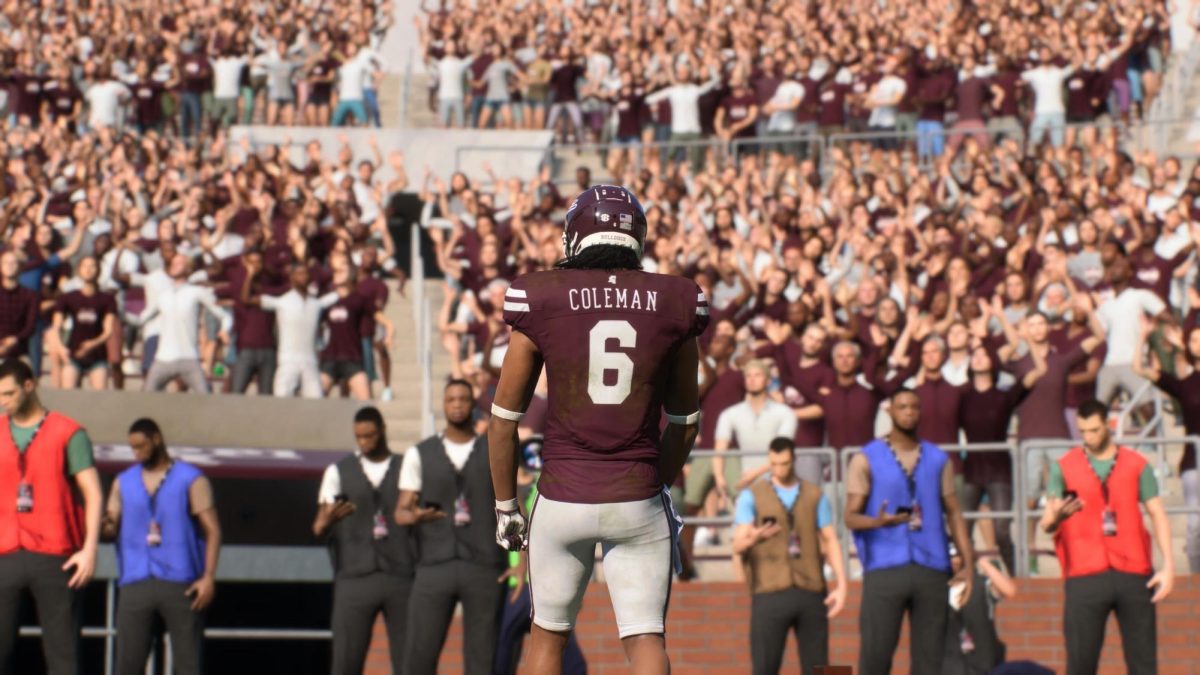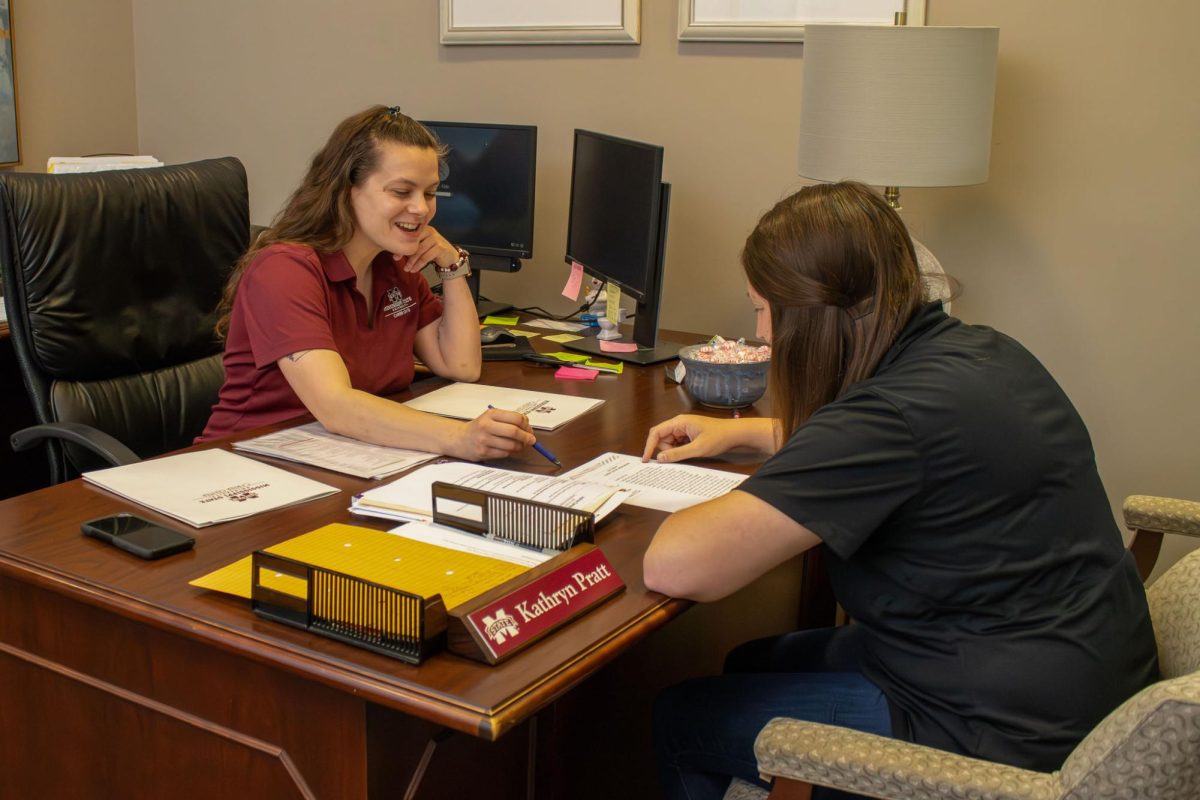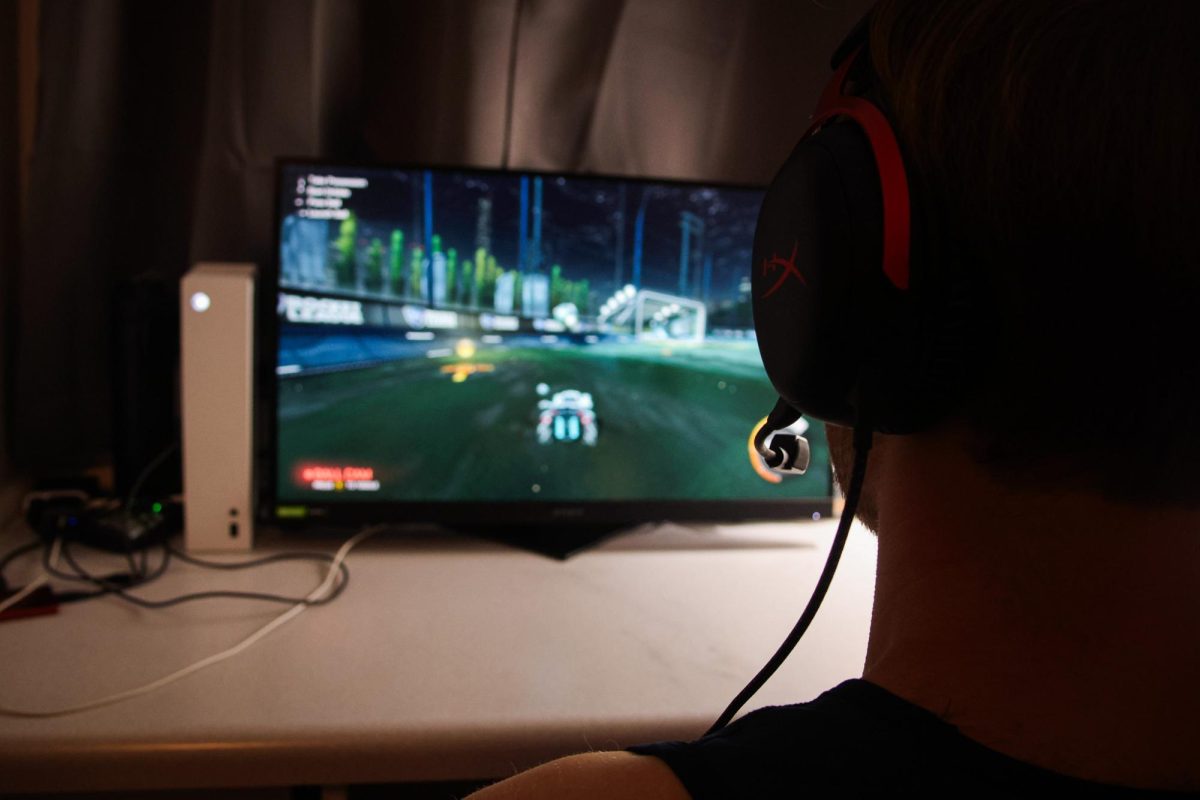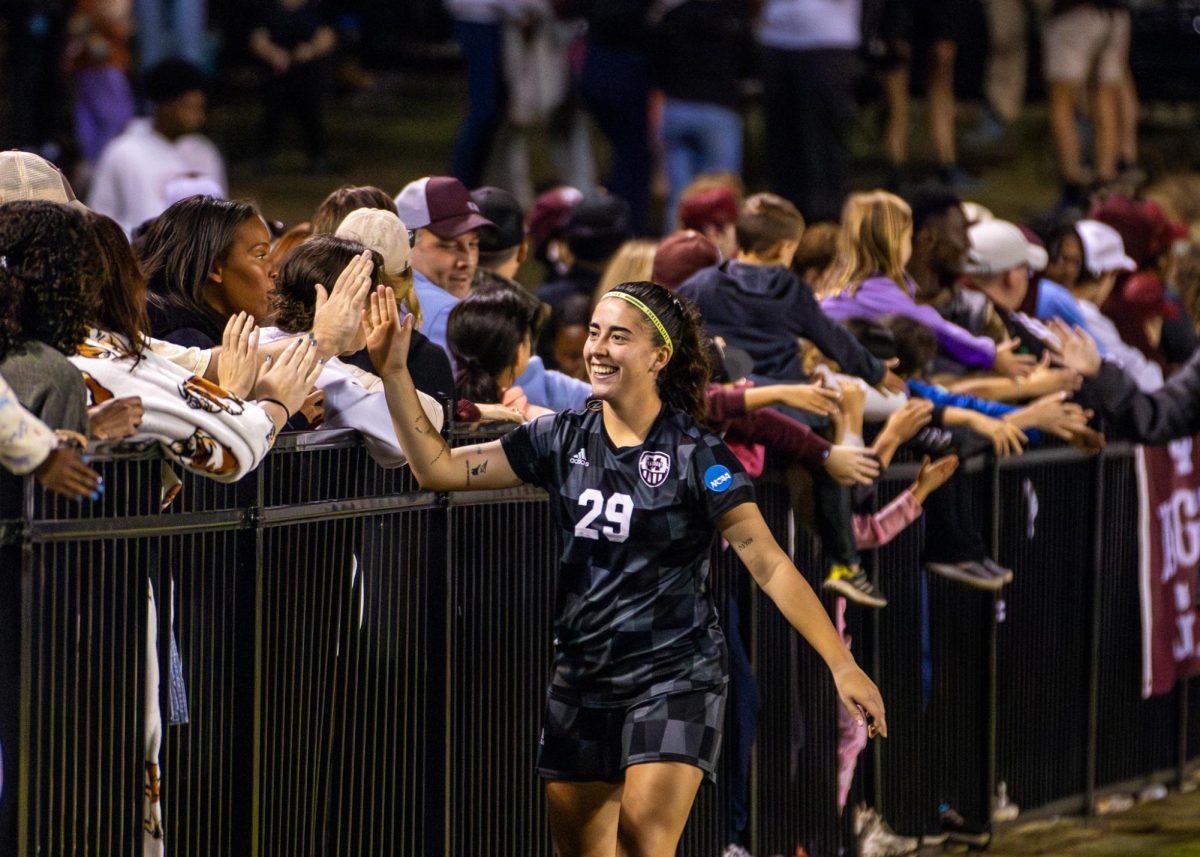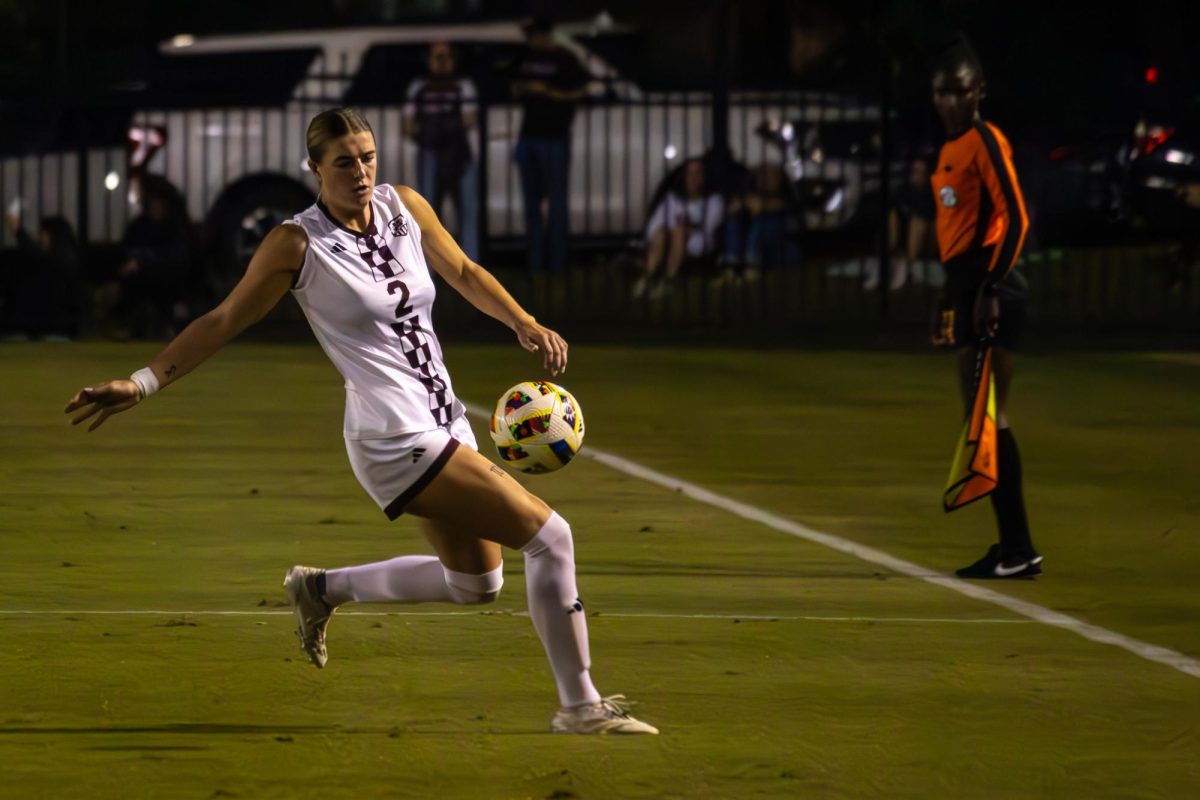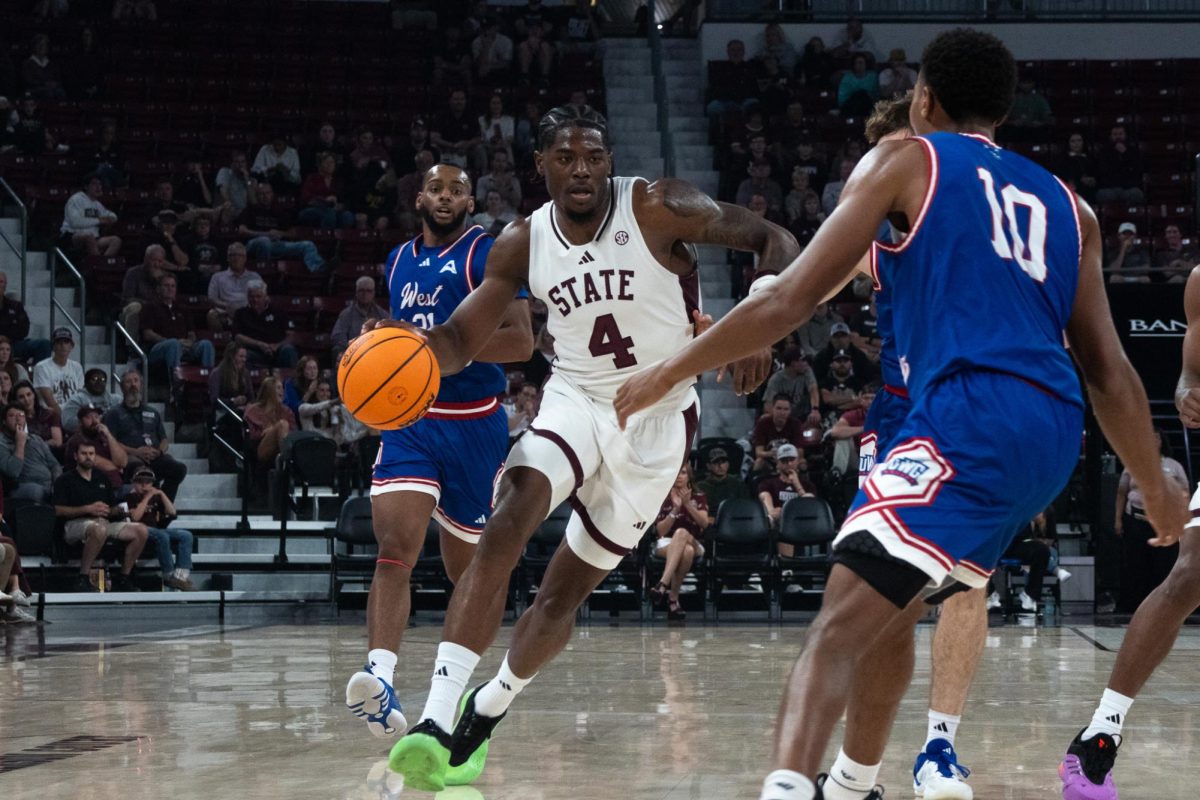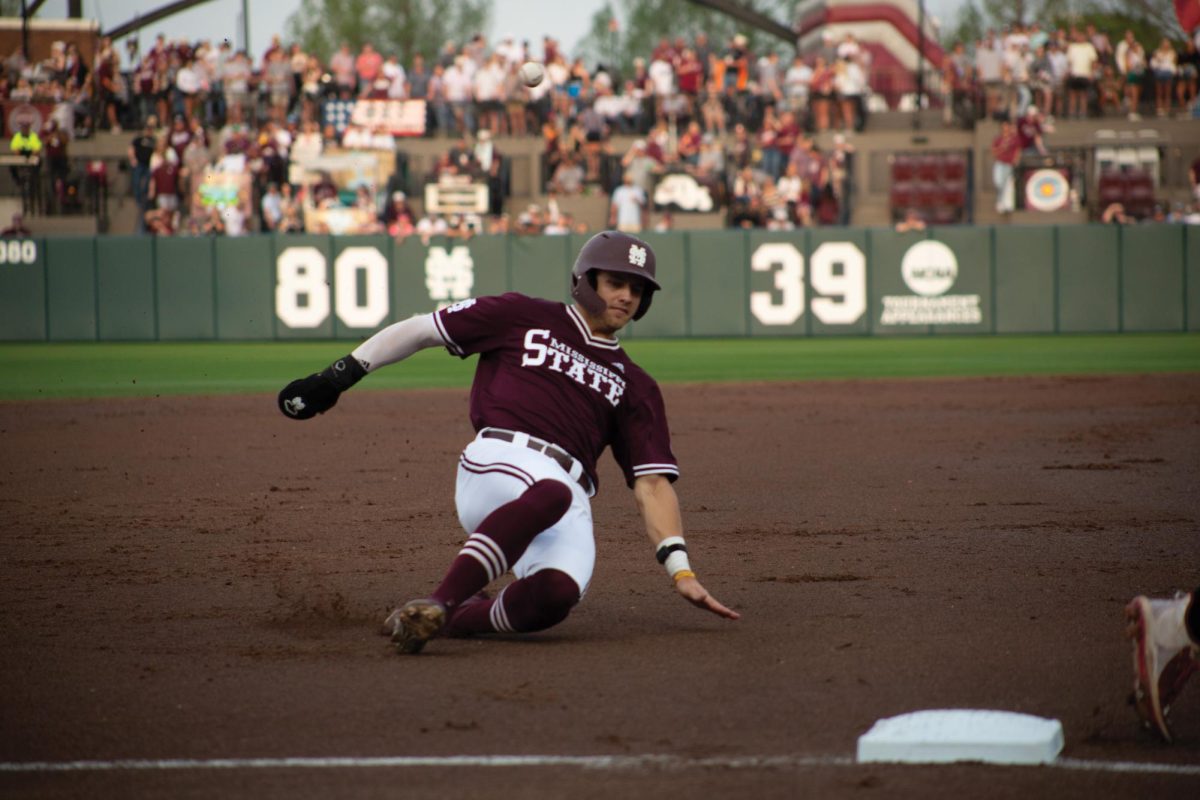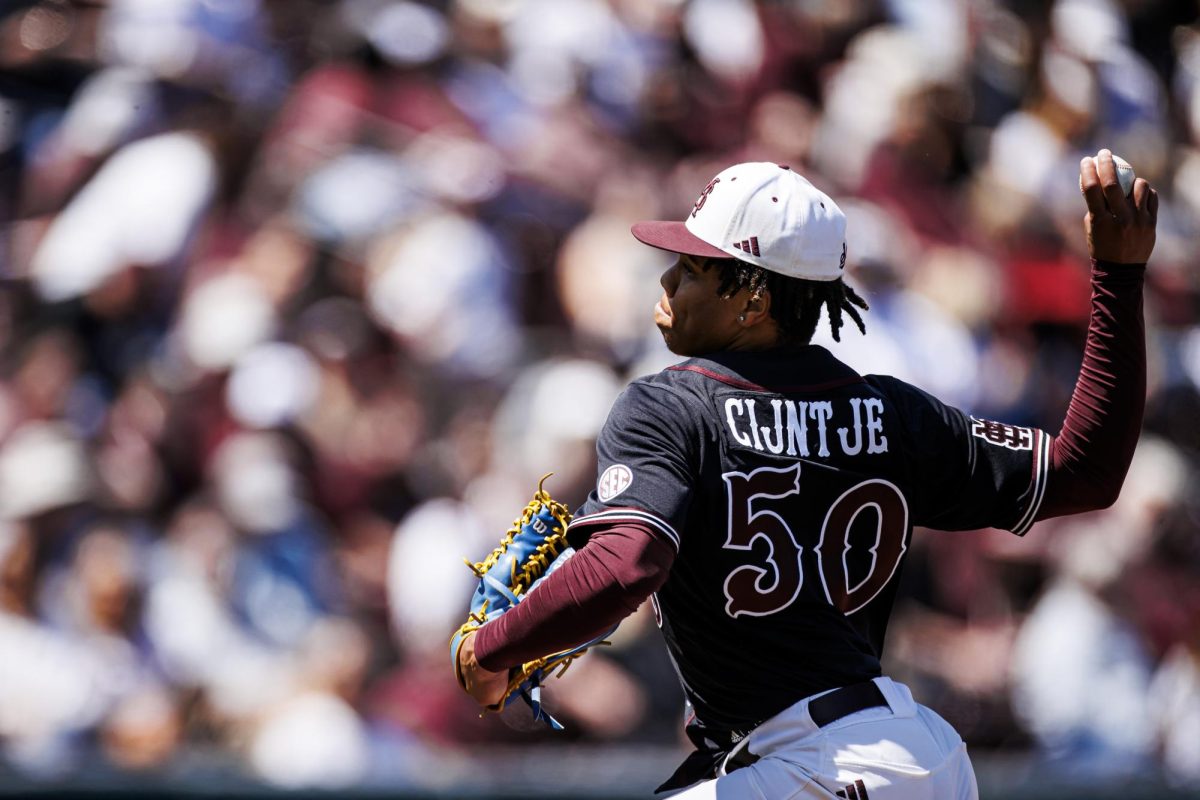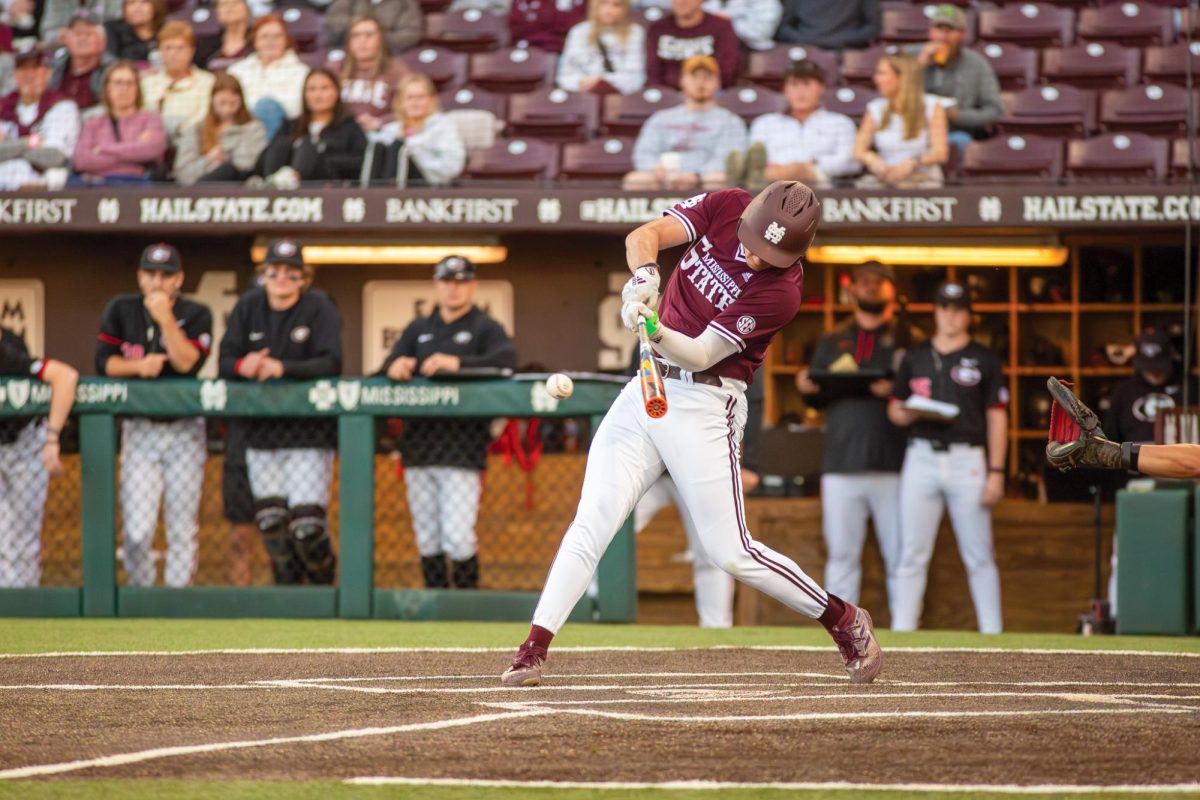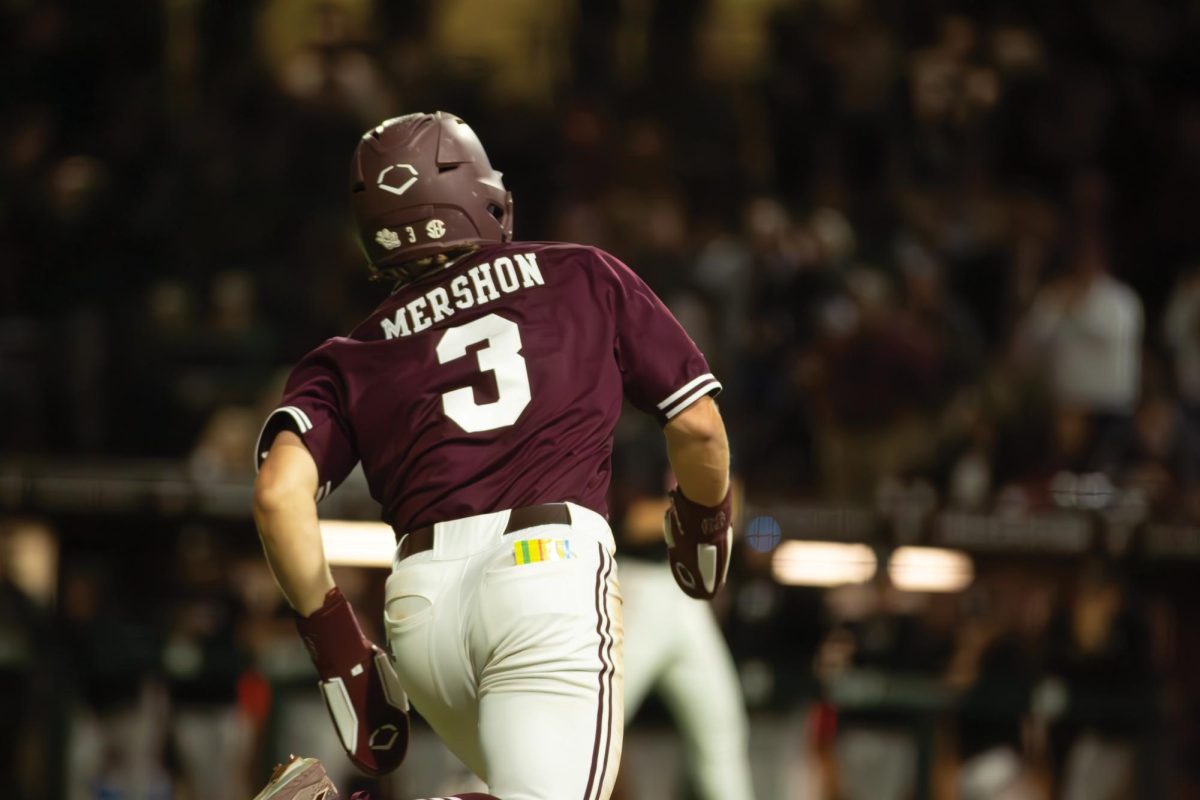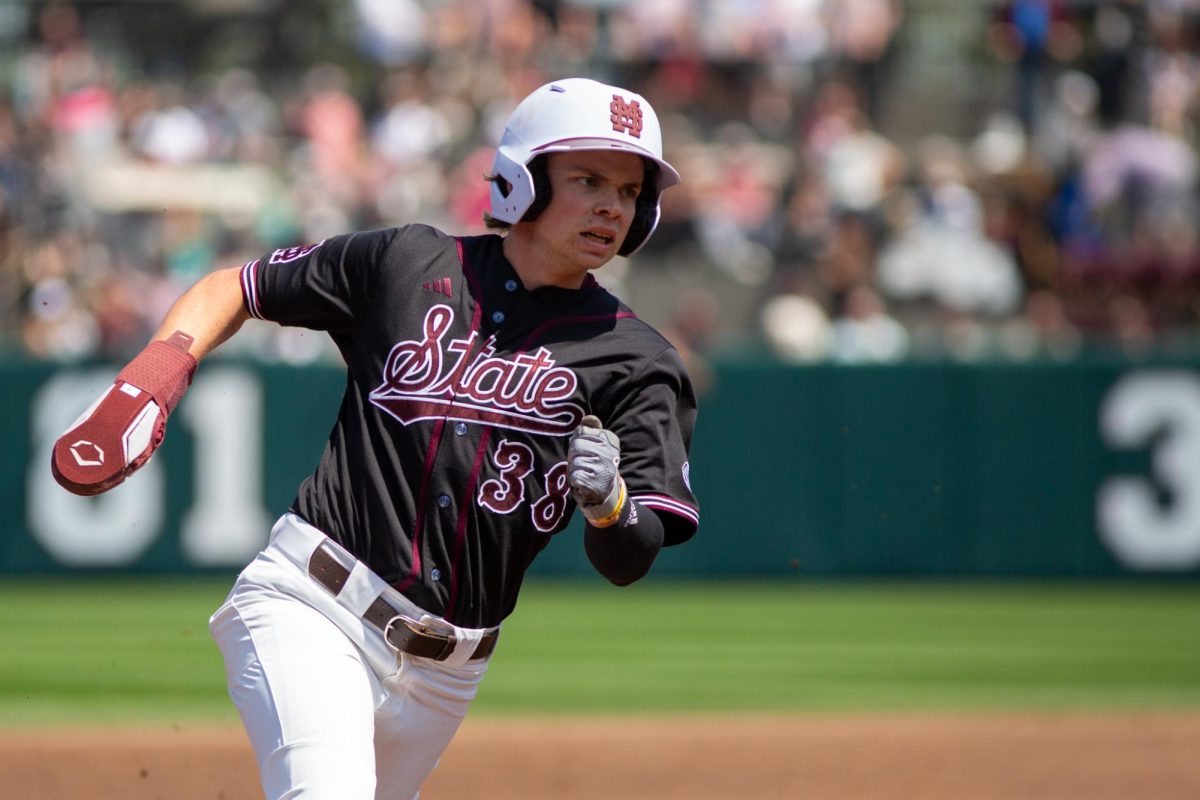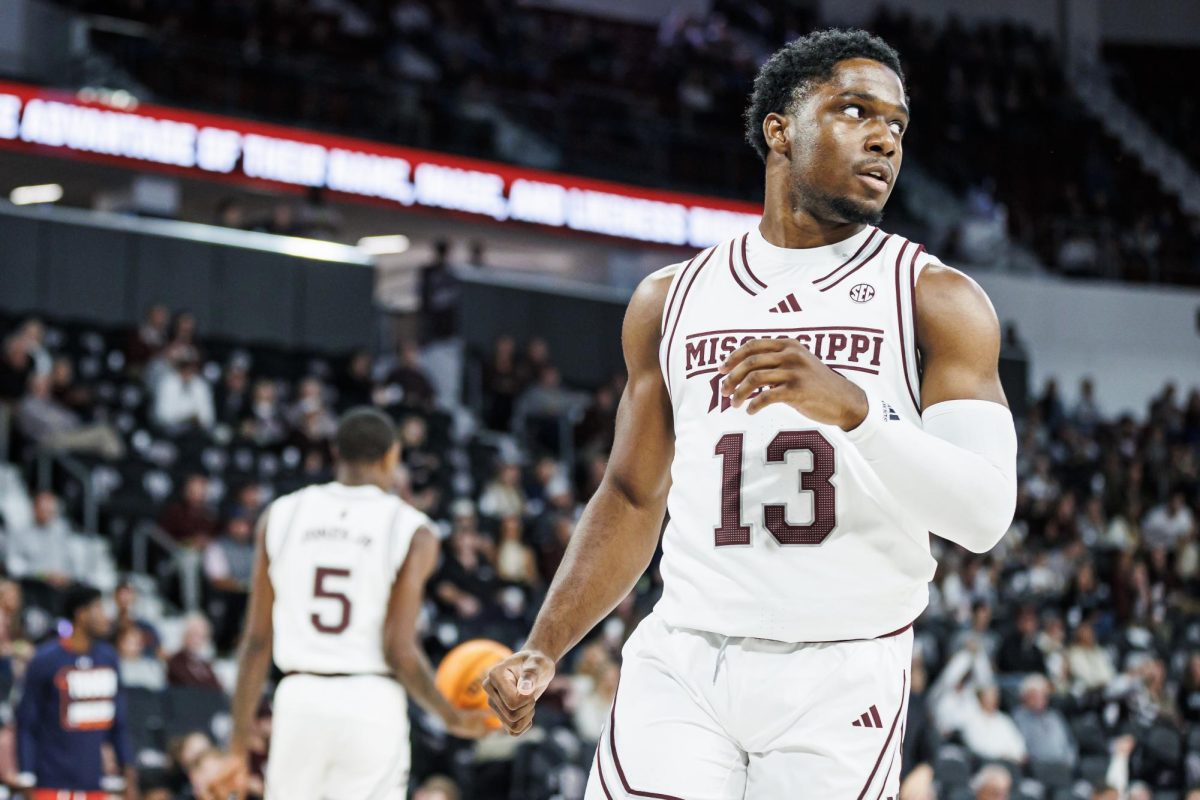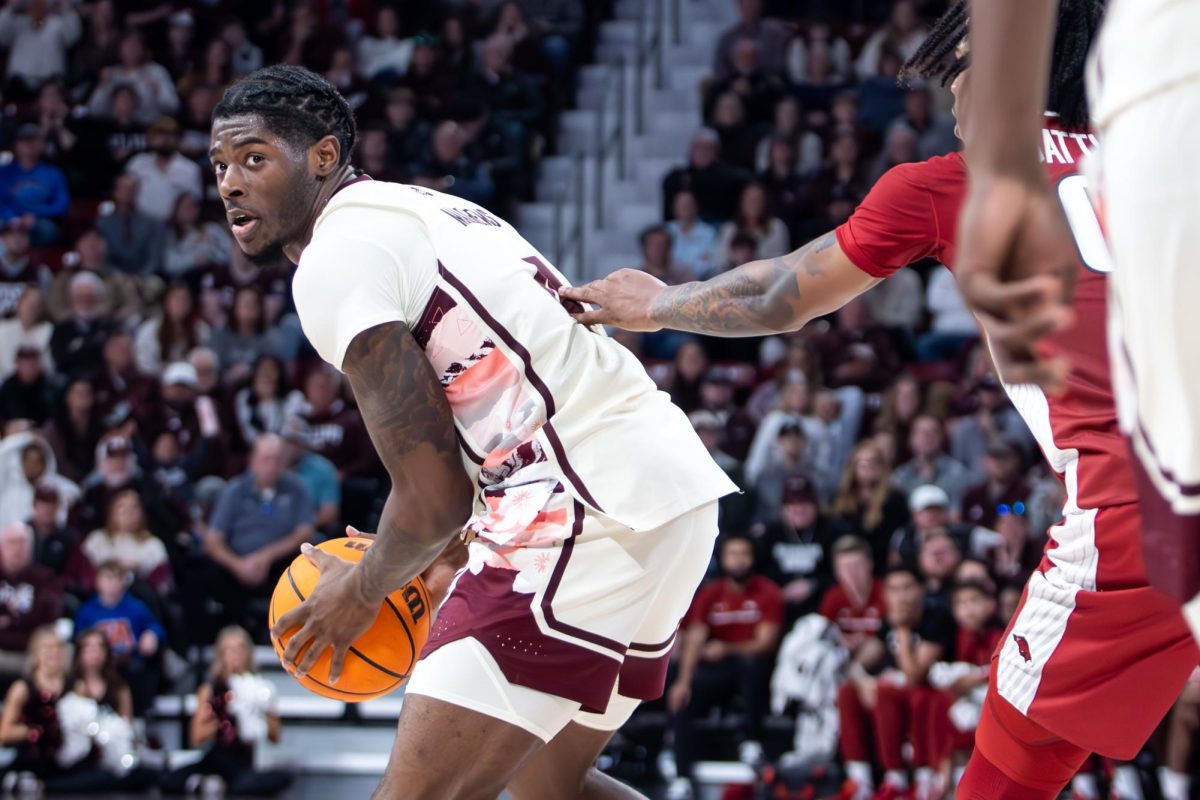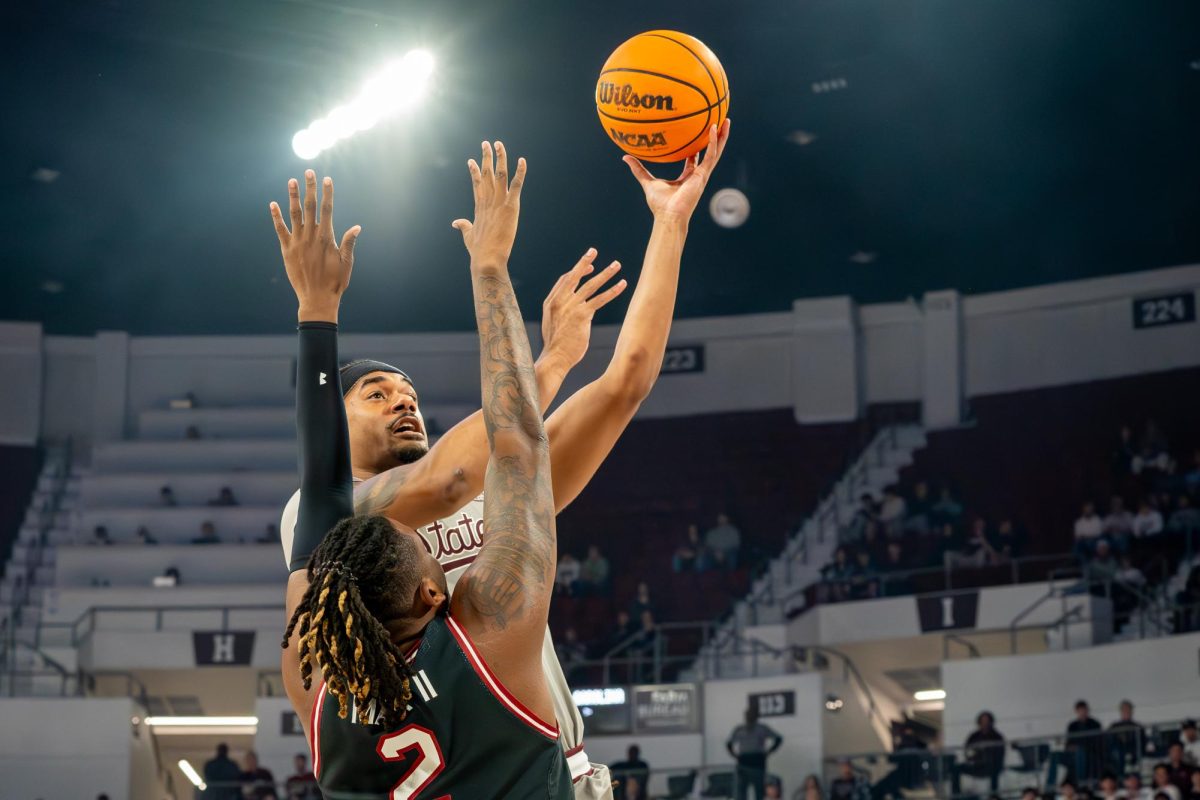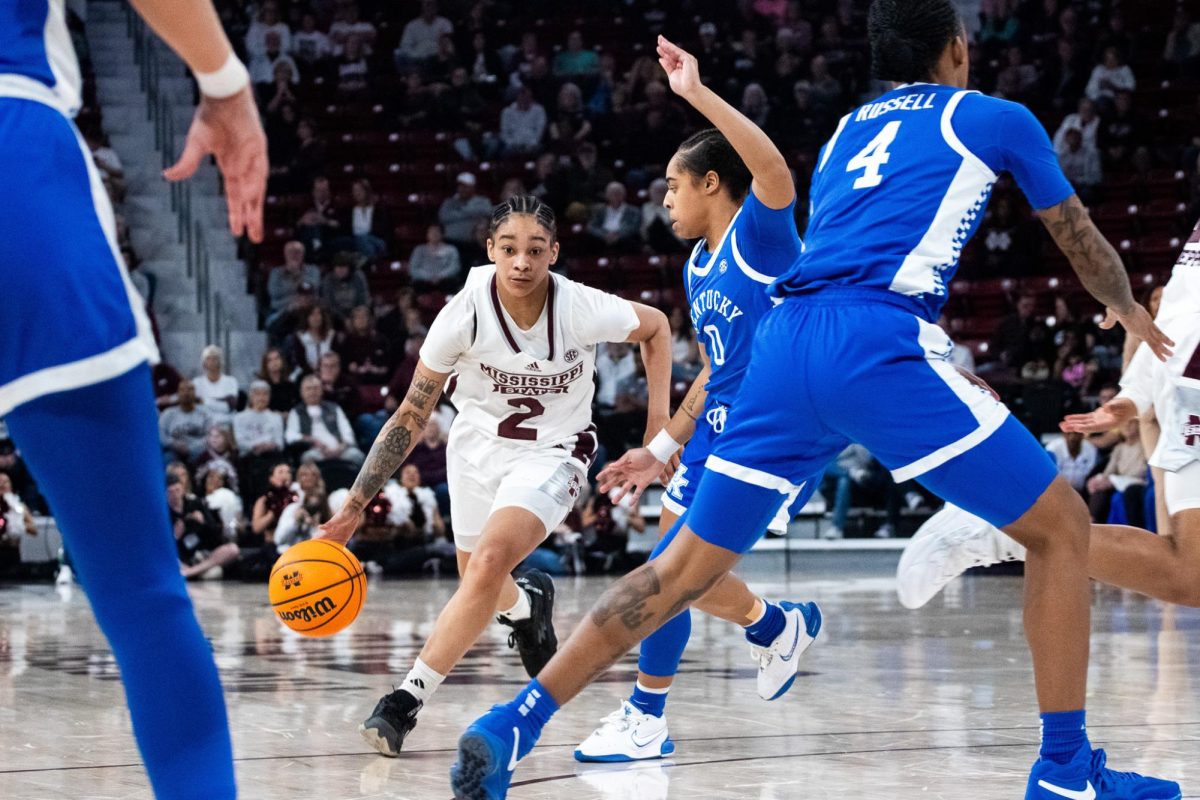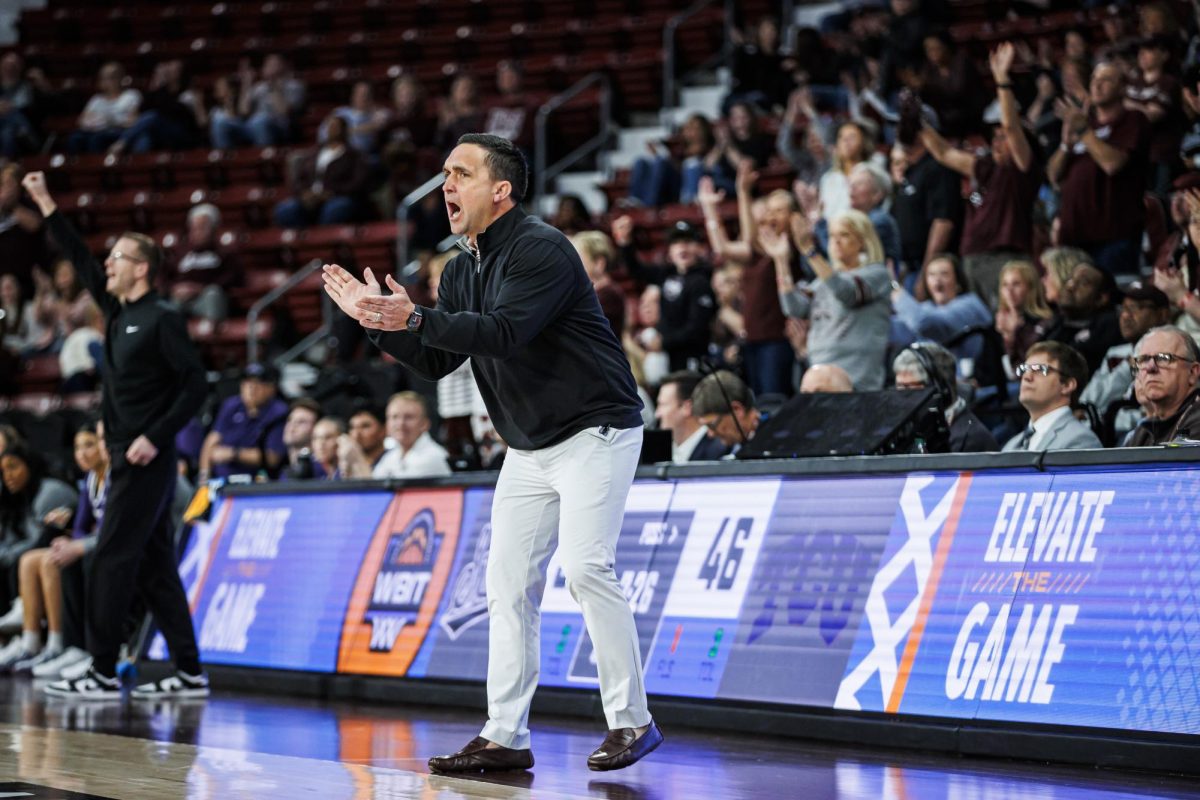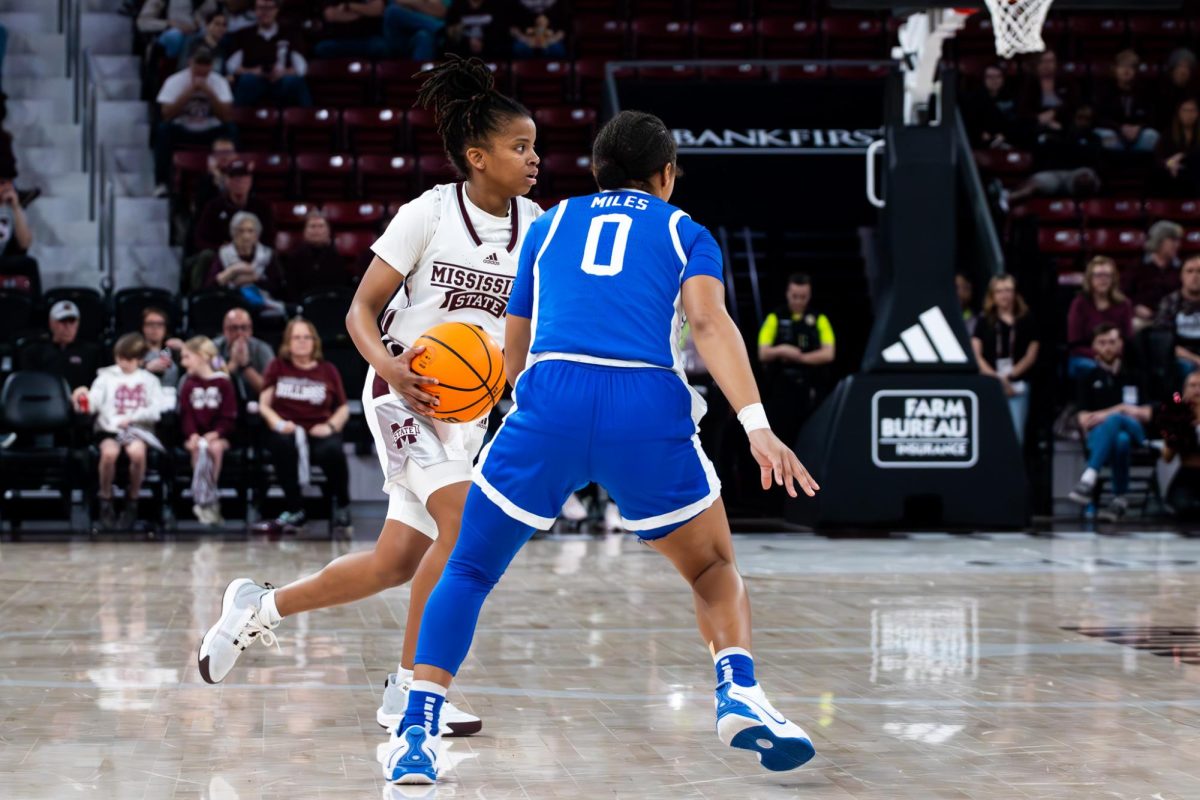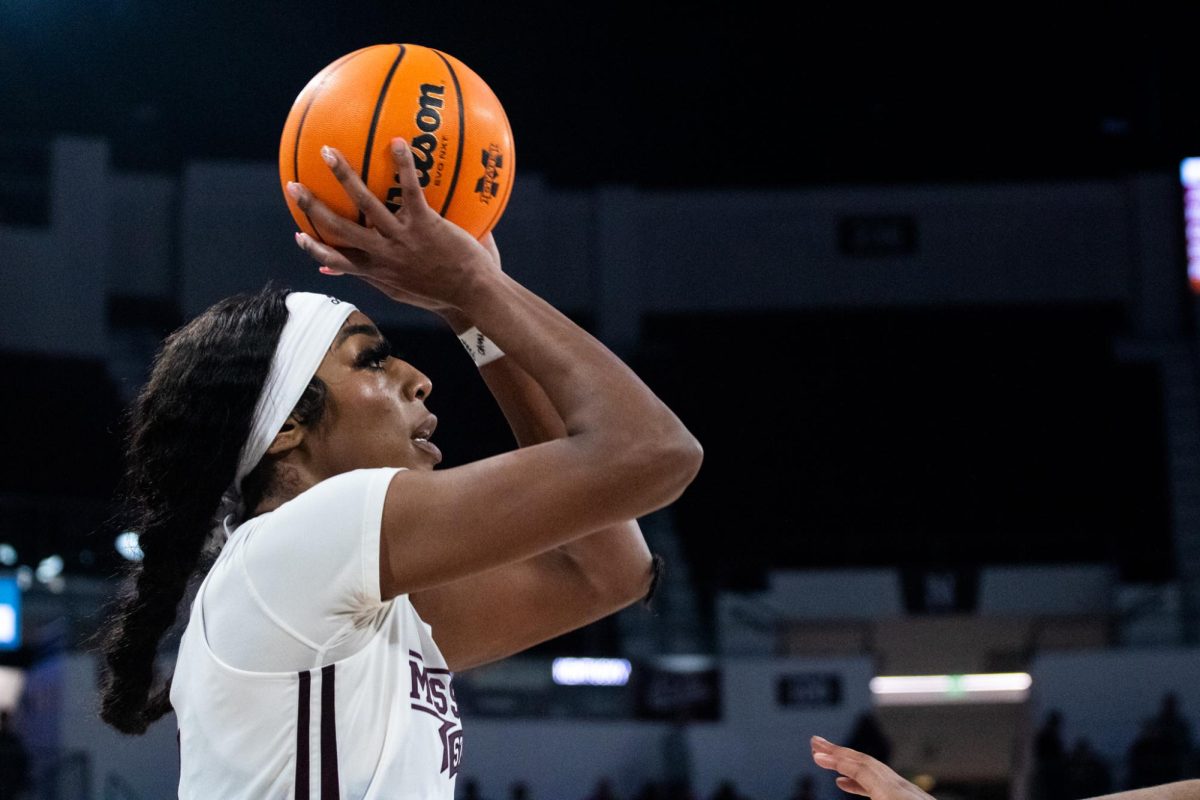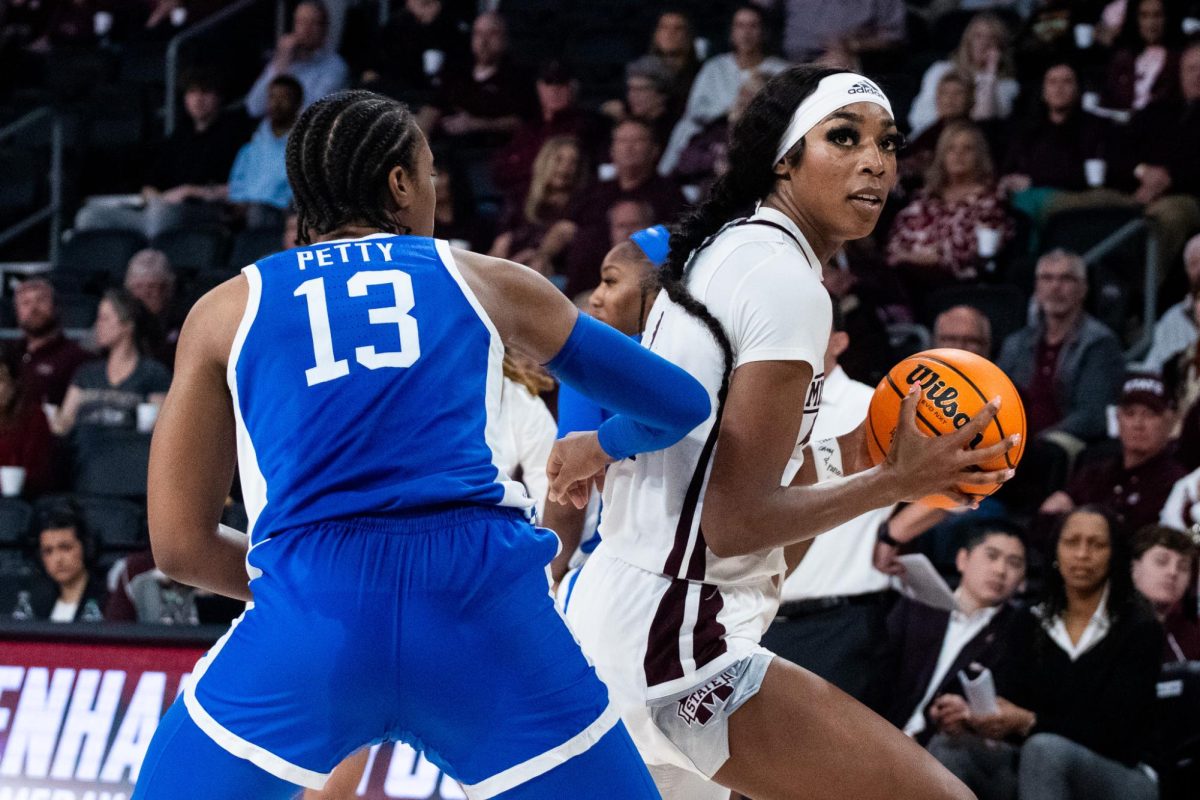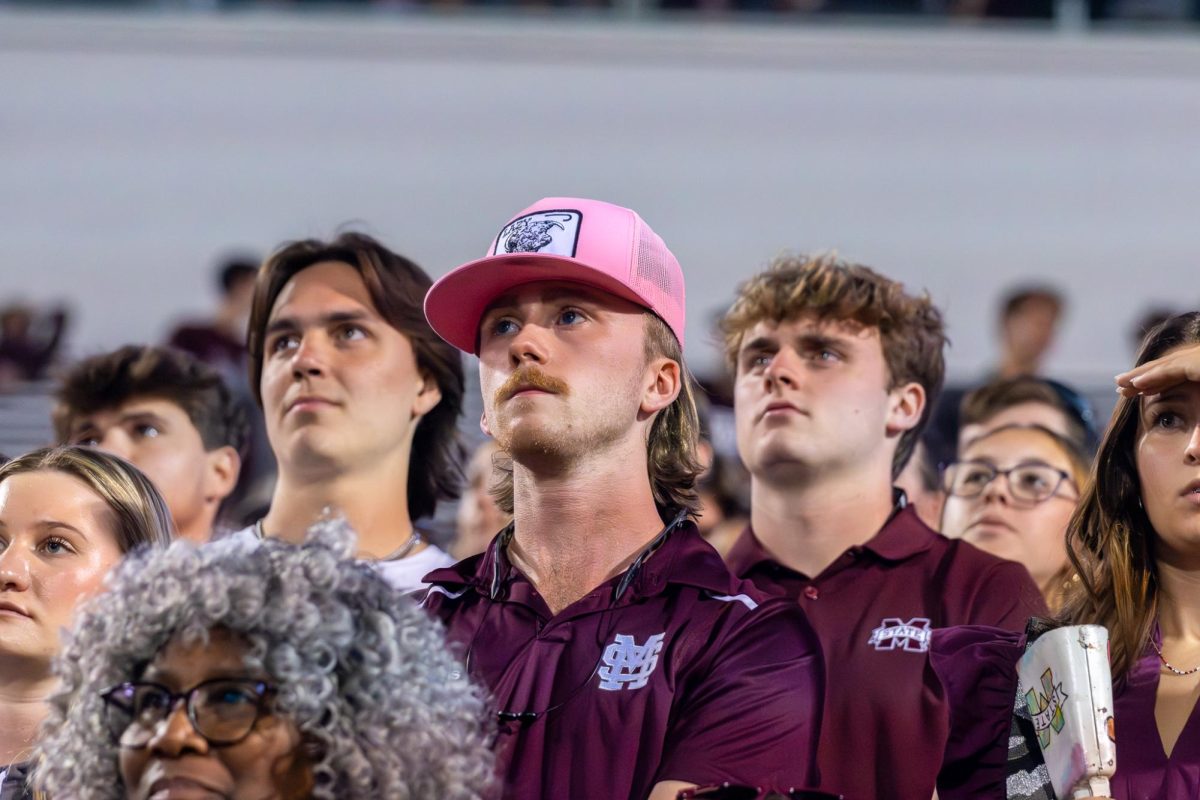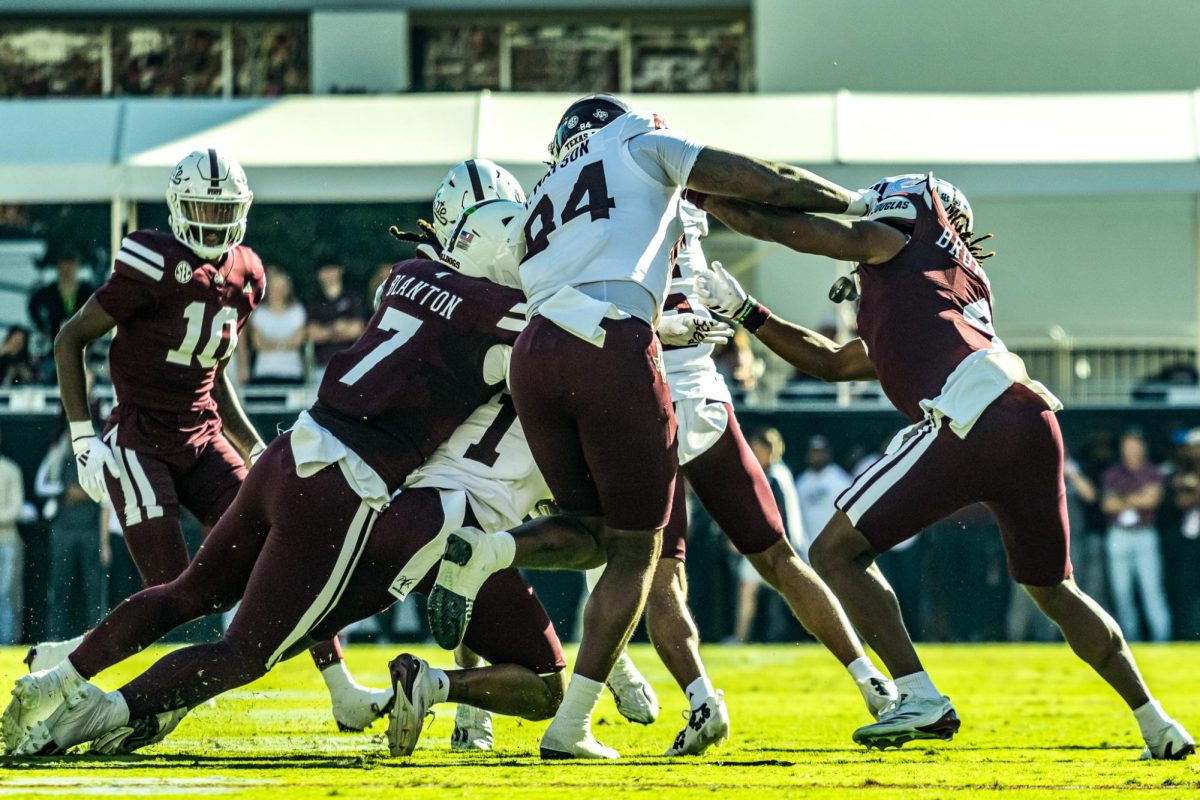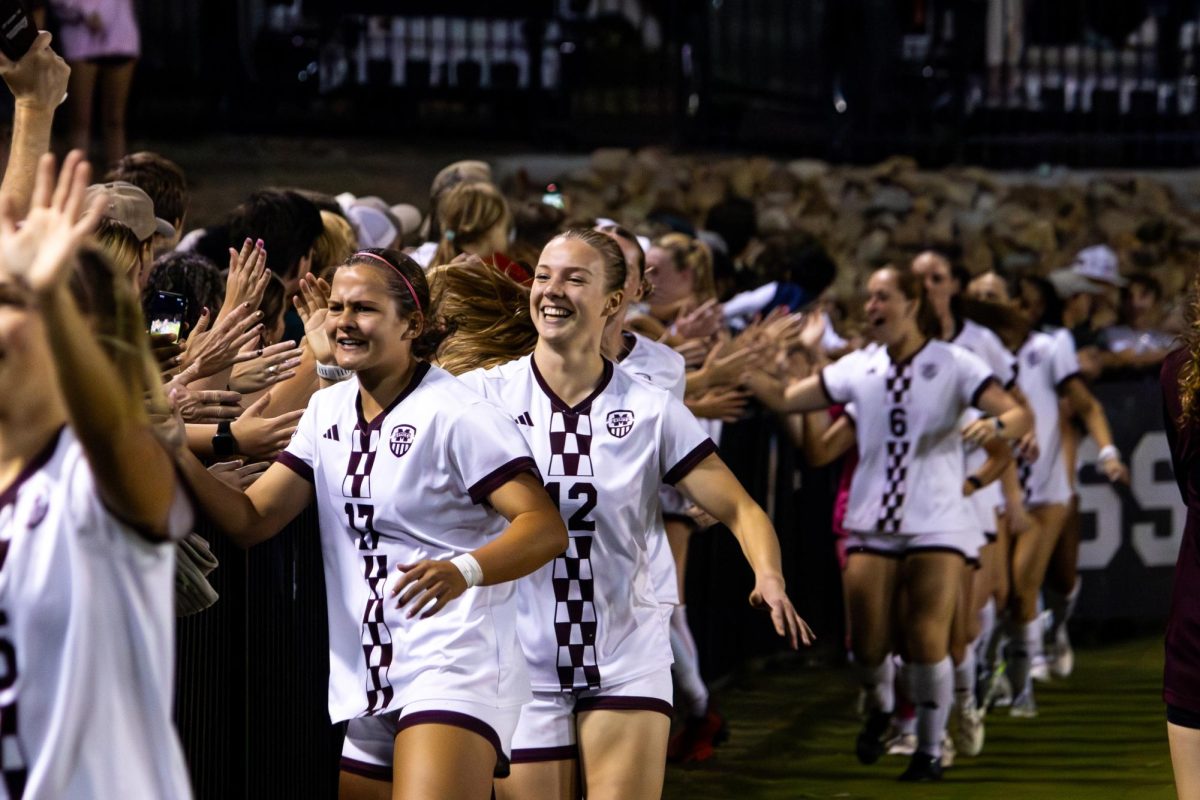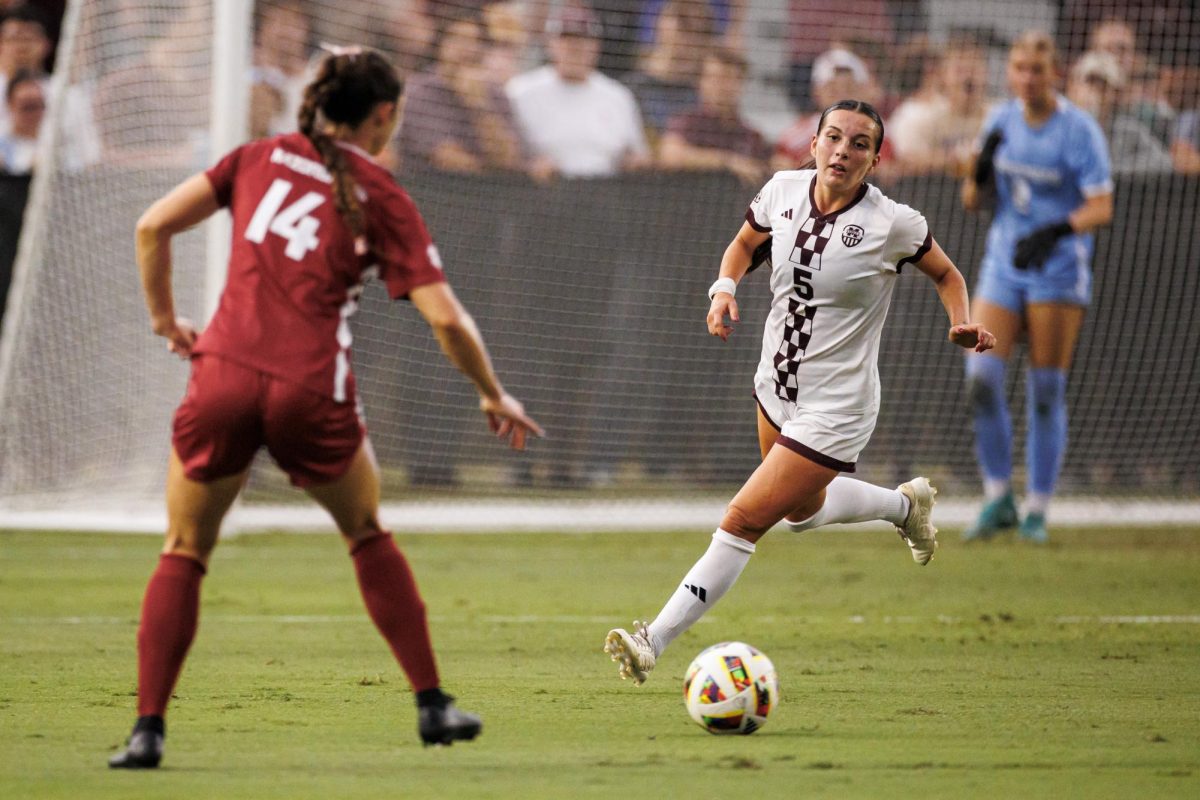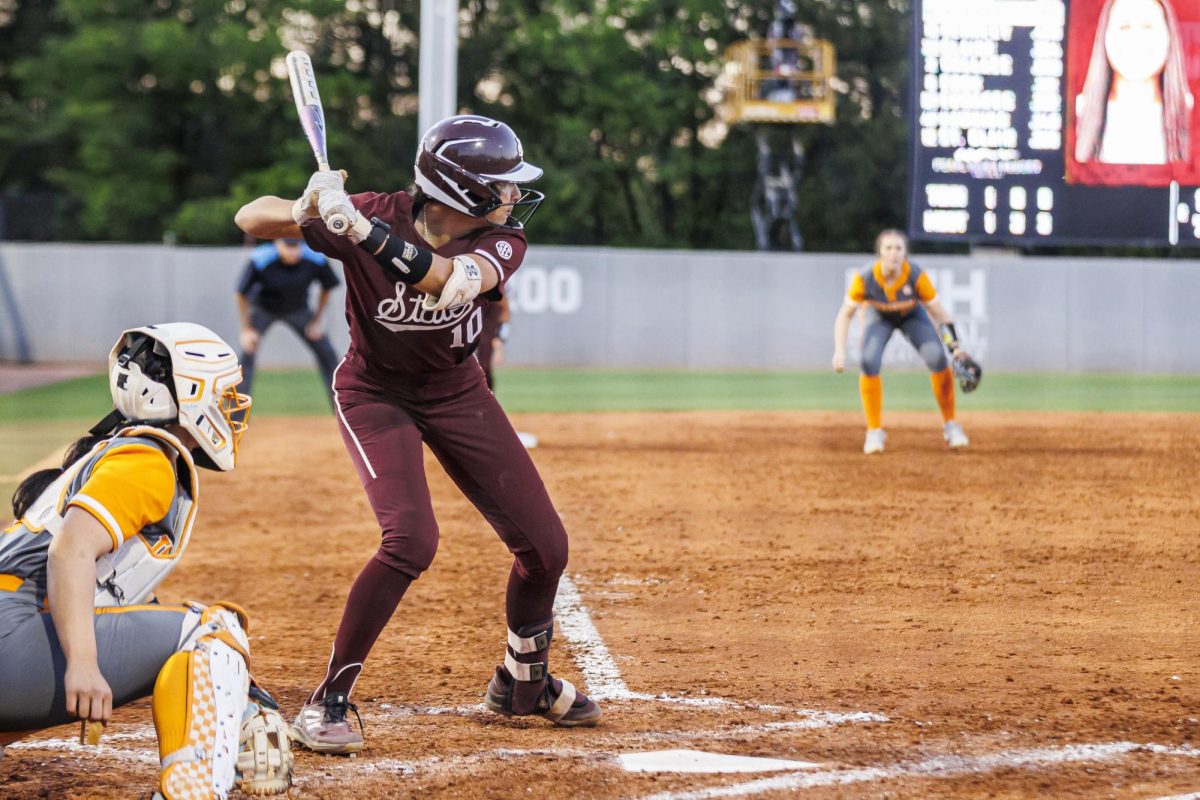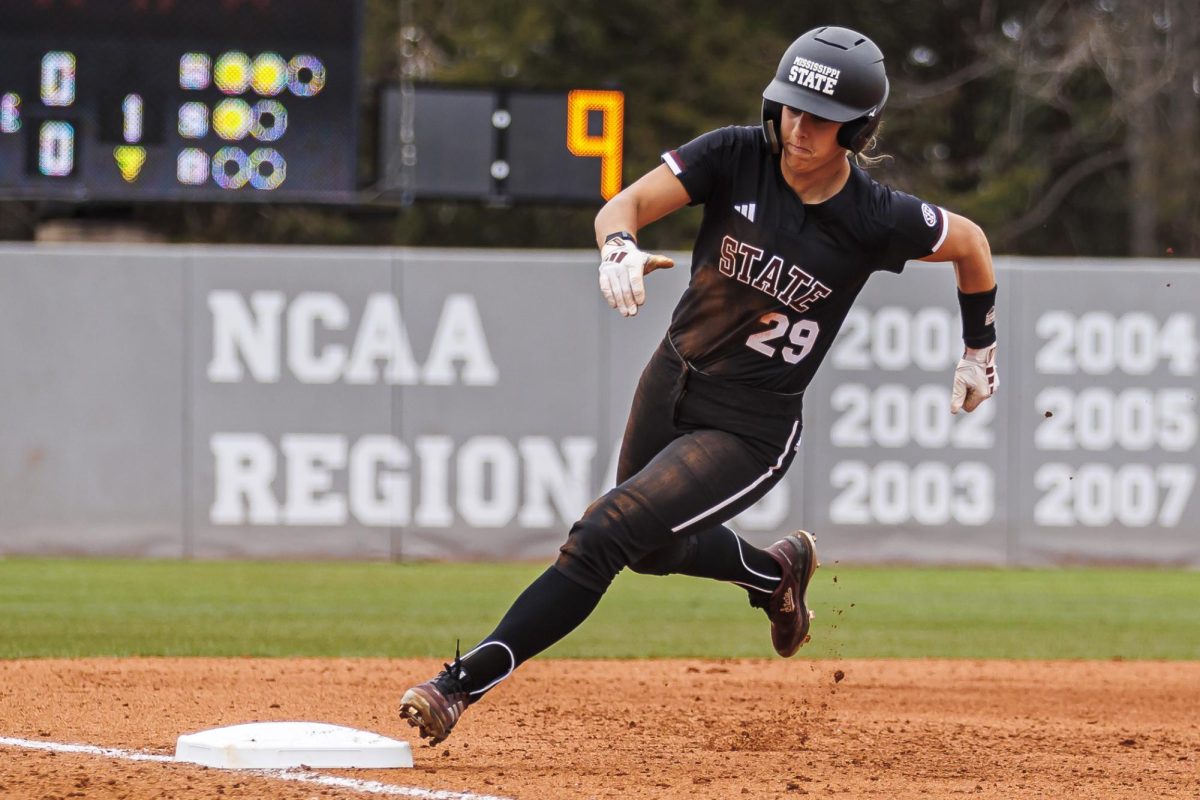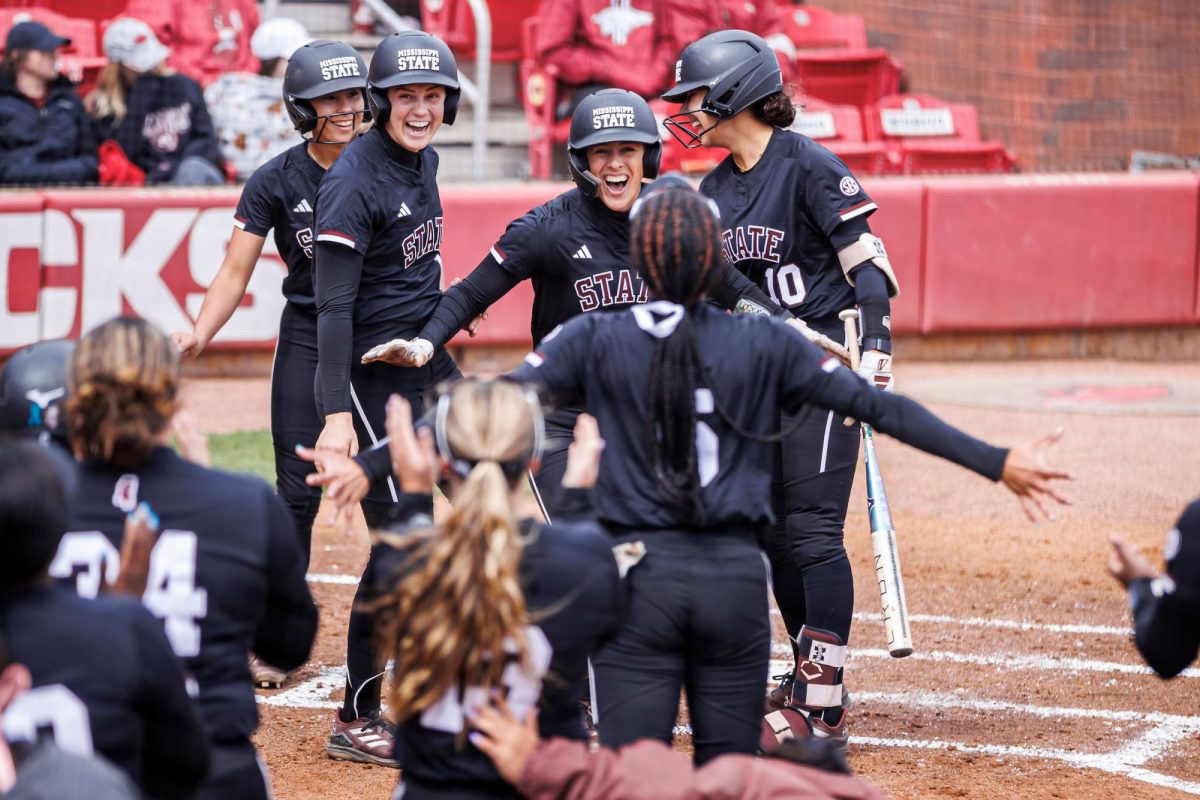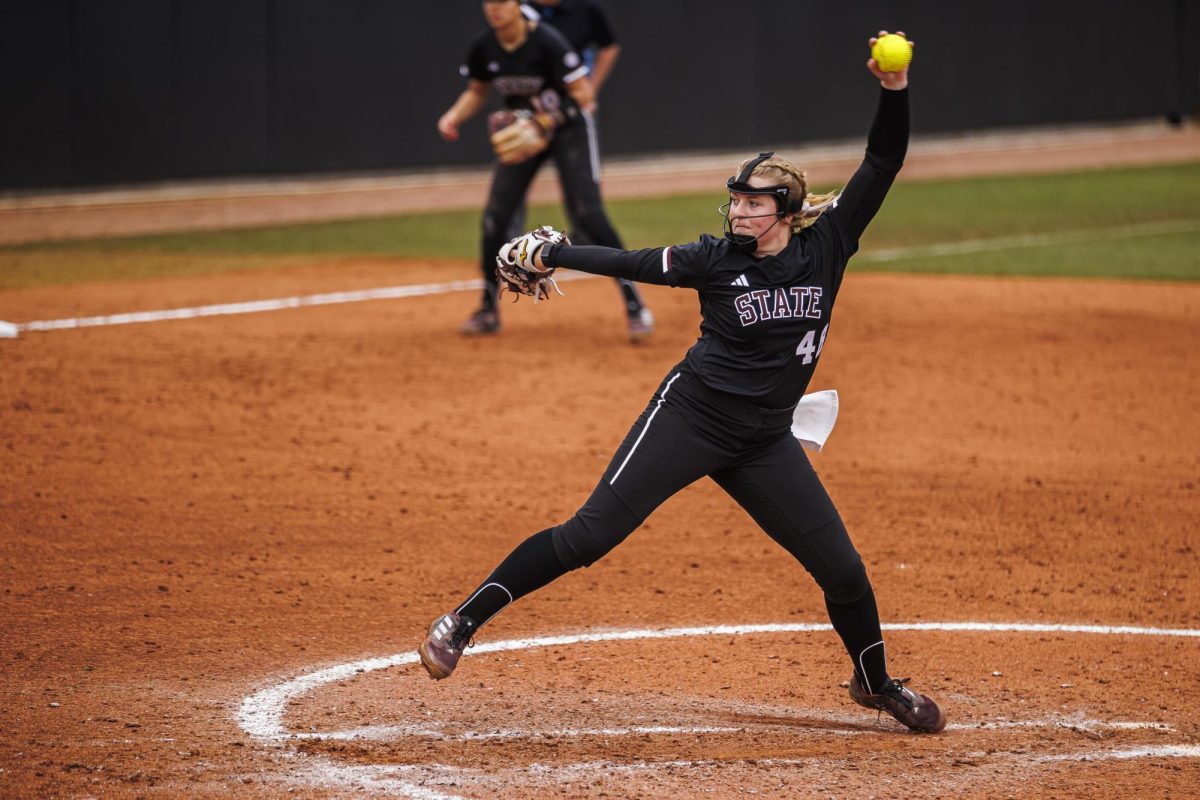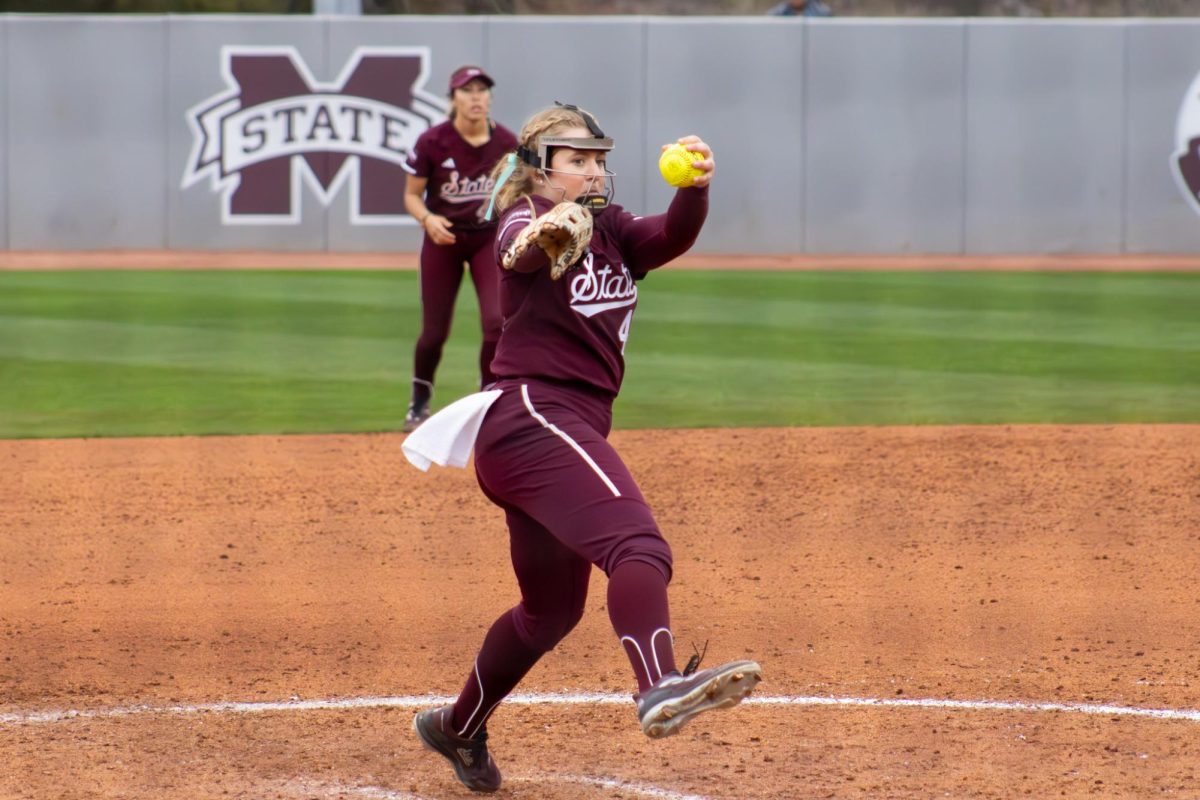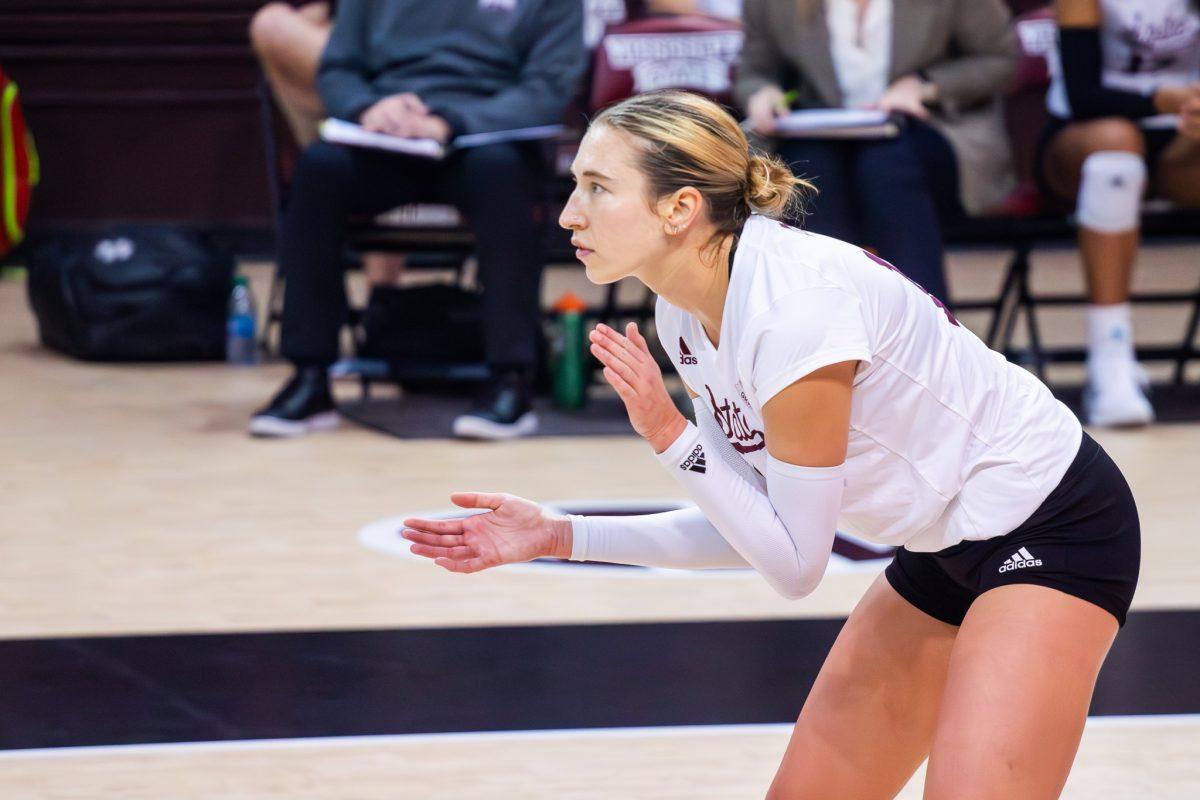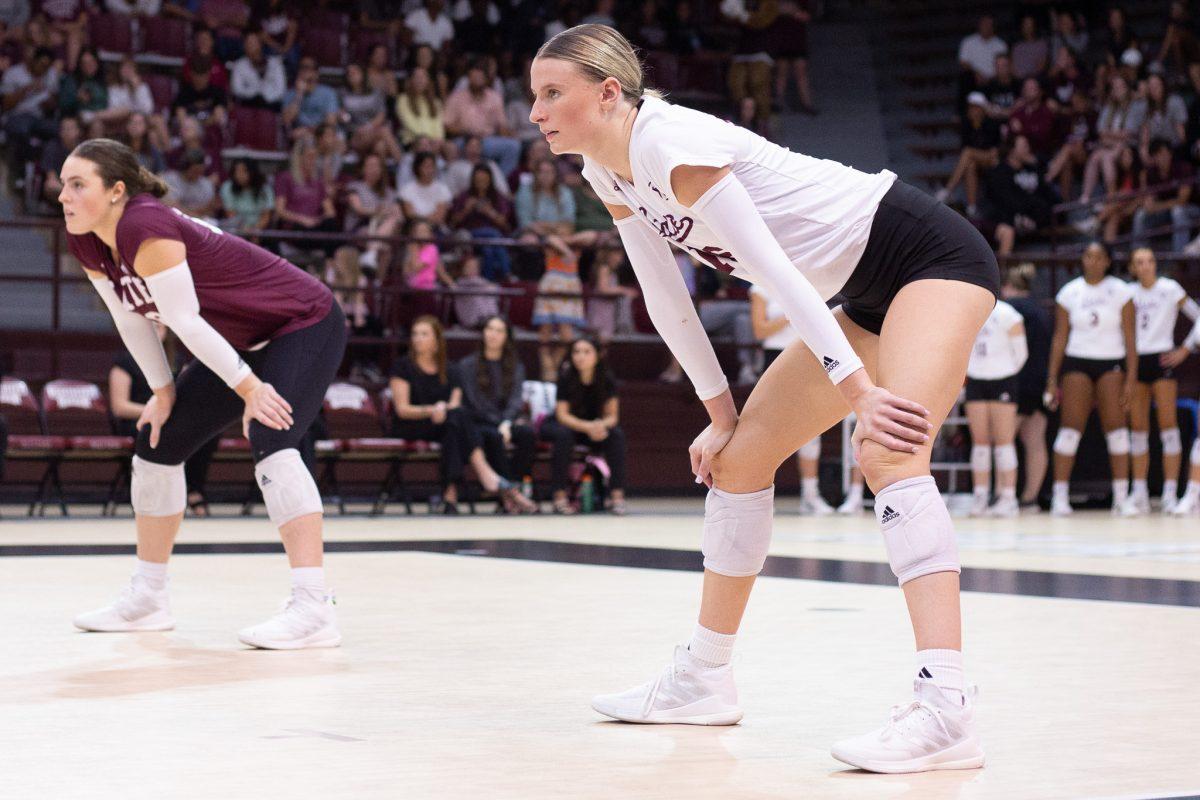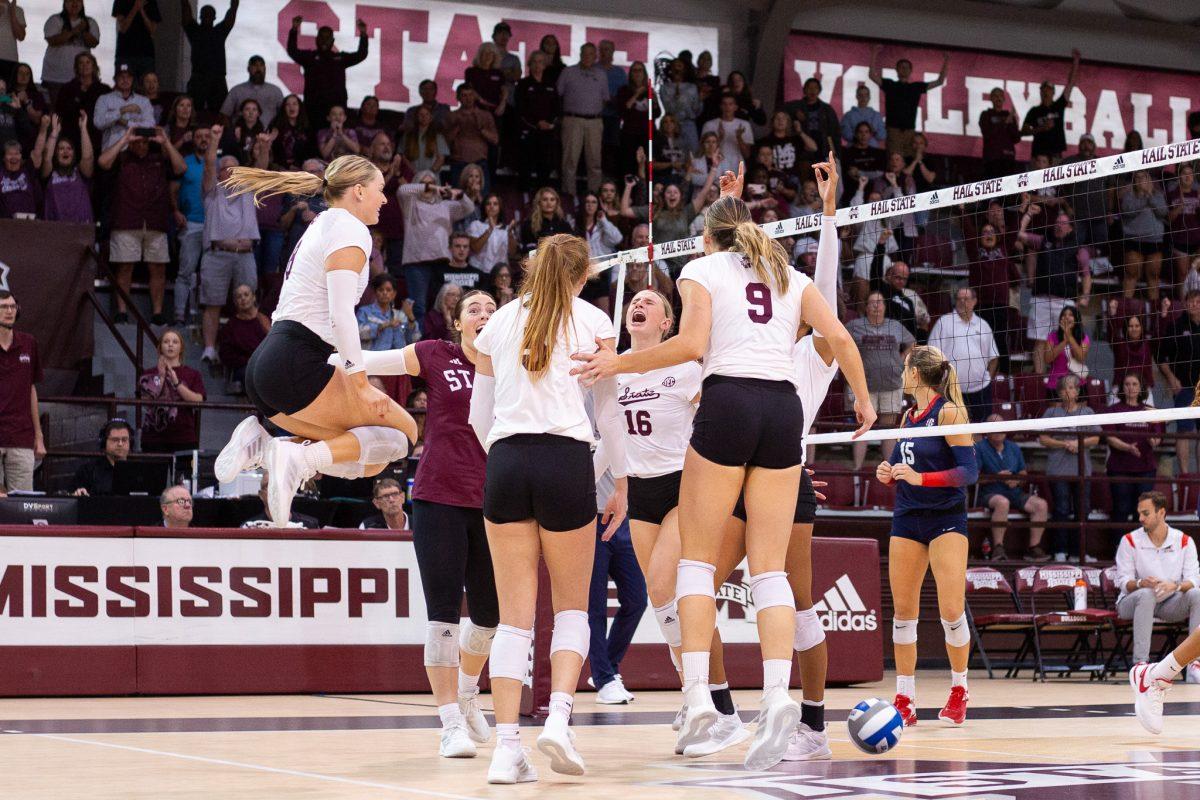Mississippi State University ultimately endured a difficult loss to Big 12 foe Arizona State late Saturday night, marking the first defeat under new head coach Jeff Lebby. As Bulldogs fans come to terms with the outcome, many are left questioning the team’s performance and future. While frustrations are understandable, it is important to keep perspective. I have attempted to break down and analyze some of the immediate thoughts and reactions that might have surfaced when examining the loss.
“We aren’t going to be competitive against strong teams.”
Mississippi State has historically struggled when playing competitive football against evenly matched and superior teams. Under head coach Mike Leach, the Bulldogs went 7-16 against ranked teams. Joe Moorhead even went 3-6. Losing close games has often become the overarching theme for the Bulldogs. After the Arizona State game, it seems like this might be the case going forward.
Verdict: OVERREACTION (for now)
This sentiment, while emotional, feels premature. Mississippi State has only played its second game under Lebby, and it is natural for a new system to need time to settle in. When we look back at previous coaches, both Mike Leach and Dan Mullen had rocky starts. Leach finished his first season at 4-7, while Mullen’s debut season ended with a 5-7 record. Even Arizona State’s current coach, Kenny Dillingham, went 3-9 in his first year. Good teams are not built overnight, and there is a clear learning curve with a new coaching staff. Despite the rough start against Arizona State, the Bulldogs showed resilience. After falling behind 30-3, the team battled back, eventually bringing the game within a single score late in the fourth quarter. That is not something you see from a team that has given up — it is the mark of a group still fighting and searching for answers. Mississippi State’s second-half performance was far from perfect, but it revealed potential and an ability to compete, even after a disastrous first half. There is a lot of football left to be played, and early stumbles do not define how the rest of the season will unfold.
“Blake Shapen cost us the game.”
During the second quarter of the game against Arizona State, Mississippi State was backed up inside the 10-yard line. During the 3rd down, quarterback Blake Shapen scrambled to extend the play. Instead of throwing it away or taking the sack, Shapen “played hero” and fought to get the ball out to the very last minute. This proved costly when he was taken down and fumbled the ball and it was returned for a score.
Verdict: OVERREACTION
It is easy to pin the loss on a single moment, and Blake Shapen’s fumble in the second quarter — returned for a scoop-and-score — did indeed change the momentum of the game. However, it was not the only issue that contributed to Mississippi State’s defeat. Arizona State’s running back, Cam Skattebo, was the true difference-maker on Saturday night. He accounted for nearly 300 all-purpose yards, including 262 on the ground, which allowed Arizona State to control the clock and limit Mississippi State’s opportunities. Shapen, like many of his teammates, struggled against a well-executed Arizona State game plan, but he was not the sole reason the Bulldogs came up short. Arizona State’s ability to dominate time of possession and keep Mississippi State off the field was a bigger issue. In reality, the Bulldogs faced multiple challenges, and while Shapen’s fumble hurt, it was not the defining moment of the game.
“Mississippi State’s receiving corps is the deepest it’s been in years.”
Mississippi State has now had a receiver go for over 100 yards a game, which never happened last year under head coach Zach Arnett. Lebby has implemented the veer-and-shoot style offense and Blake Shapen’s arm strength has raised the ceiling from the wide receivers. Mississippi State has recruited Elite-11 wide receiver Mario Craver and Starkville native Braylon Burnside within their ranks in the 2024 cycle.
Verdict: NOT AN OVERREACTION
Mississippi State’s wide receiver unit is showing early signs of becoming one of the team’s biggest strengths, and that is something that has not been said in years. Freshman wide receiver Mario Craver looked great for the Bulldogs on Saturday night. He displayed both speed and playmaking ability, offering a glimpse into what could be a very bright future for Mississippi State’s offense. If not for an offensive pass interference penalty, Craver would have posted even bigger numbers. Beyond Craver, the receiving corps is stacked with talent. Jordan Mosley and Kevin Coleman Jr. continued to impress after making big names for themselves in the season opener against Eastern Kentucky. Coleman’s 80-yard touchdown catch brought the Arizona State game within reach late in the second half. This receiving unit has the potential to be a game-changer for the Bulldogs and could be a key factor in the team’s success moving forward.
“Our defense can’t stop the run, and we need to fire our defensive coordinator.”
There is truth to the frustration around Mississippi State’s inability to stop the run. Cam Skattebo had a career night, rushing for 262 yards and adding 35 receiving yards. Eastern Kentucky also rushed for 120 rushing yards. This comes after Coleman Hultzer was hired as the co-defensive and main play-caller for the Mississippi State defense in 2024.
Verdict: SLIGHT OVERREACTION
Stopping the run will be a challenge for this team unless adjustments are made. However, calling for defensive coordinator Coleman Hultzer’s firing after just two games feels reactionary. The defense is still adapting to Hultzer’s schemes, and it will take time for players to adjust to new responsibilities and strategies. While the early results have been concerning, especially in the first half of the Arizona State game, there were signs of improvement as the game progressed. Mississippi State’s defense made adjustments and slowed down Arizona State in the second half, suggesting that the unit can get better as the season goes on. What’s more important is patience. Firing Hultzer at this stage would likely create more instability and slow down the development of the defense. Instead, the focus should be on getting more reps for the defensive line and finding ways to shore up the run defense. If the defense can build on its second-half performance and continue to make adjustments, there is a good chance that the unit will improve as the season progresses.

